It’s been too long since Bleeding Heartland took a comprehensive look at the Iowa House landcsape. Democrats need a net gain of four seats to gain control of the chamber, where Republicans have held a 53-47 majority since they stopped ballots from being counted in the closest race from the last election cycle.
Thanks to our state’s nonpartisan redistricting system, at least a quarter of the House races could become competitive, and more than a dozen will be targeted by both parties and some outside groups. This post covers 28 House districts that could fall into that category. One or both parties spent significant funds on twenty Iowa House races in 2018.
The playing field has changed somewhat since Bleeding Heartland last reviewed the House landscape in March. A few new contenders have declared; click here for the full list of general election candidates. In addition, some races look less competitive or more competitive now than they did six months ago.
Forthcoming posts will examine themes in television advertising for or against Iowa House candidates and late spending in these campaigns.
All voter registration totals listed below come from the Iowa Secretary of State’s office, as reported on October 1.
All absentee ballot request totals come from the Secretary of State’s office, as reported on October 5.
Data on voting for president in 2016 and for governor in 2018 in each House district come from this spreadsheet compiled by the Daily Kos Elections team.
Campaign fundraising and cash on hand figures come from reports posted on the Iowa Ethics and Campaign Disclosure Board’s website in July. The next round of disclosures for state legislative candidates are due on October 19 and will provide a clearer picture of how each party sees its prospects. As a general rule, the state parties account for the bulk of the spending in competitive Iowa House or Senate races. That money is largely reported as in-kind contributions rather than direct spending by legislative campaigns.
Statements about party spending on television commercials are based on the “political files” for various tv stations on the Federal Communication Commission’s website.
BIG PICTURE: DEMOCRATS HAVE MORE OPPORTUNITIES, AMPLE FUNDING
I could make a reasonable case either that control of the chamber is a toss-up, or that Democrats are favored to win at least 51 seats. What is not debatable: Democrats have way more upside than Republicans.
Democrats have at least ten solid pickup opportunities, while the GOP can realistically play for a only handful of Democratic-held seats. So while I wouldn’t be shocked to see Republicans hang on to a slim majority, they could end up well below 50 seats if the bottom drops out for President Donald Trump over the next four weeks (as it did for President Jimmy Carter in 1980). Democrats suffered a net loss of sixteen Iowa House seats in the GOP wave of 2010.
Even a non-wave election, a lot of legislative seats can flip. Barack Obama’s 6-point margin of victory in 2012 helped Democrats cut a 60-40 GOP majority in the Iowa House to 53-47. The party fell agonizingly short in four more races that would have given them control of the chamber.
For the first time since I began closely following Iowa legislative campaigns in 2008, Democratic candidates may not be outspent in most of the key races. Although the top House Democrats (Todd Prichard and Jo Oldson) didn’t report massive amounts of cash on hand in mid-July, they must have raised a lot of money since then. House Democrats announced on September 3 that they had placed a $1.3 million television ad buy in five Republican-held House districts (listed below as top-tier targets). That doesn’t include whatever the party budgeted for other races. At this writing, positive television commercials are on the air for at least five sitting Democratic lawmakers and several challengers not mentioned in the early September news release.
Meanwhile, the Everytown for Gun Safety Victory Fund announced in late July that it would spend “at least $1 million” to flip the Iowa House, naming fifteen GOP-held districts as targets.
The new Better Democracy PAC had just over $1 million cash on hand in mid-July. Fred Hubbell, the 2018 Democratic nominee for governor, and his wife Charlotte Hubbell formed the PAC last year to flip the Iowa House. Fred Hubbell confirmed to Bleeding Heartland in recent months that state House races remain the focus. He has declined to specify which districts will be targeted, saying on September 22, “It is very fluid out there.” The Better Democracy PAC plans to support some Democratic incumbents as well as challengers in GOP-held seats.
EMILY’s List, a PAC supporting pro-choice Democratic women, has also endorsed five current Democratic lawmakers and four challengers in Iowa House districts.
Thirteen candidates for the Iowa House (six incumbents, seven challengers) have been spotlighted by the Democratic Legislative Campaign Committee as well.
National Republicans have promised to direct substantial funds toward protecting the Iowa House majority, so GOP candidates should have plenty of resources to compete. But I don’t expect to see many districts where Republicans are outspending Democrats by hundreds of thousands of dollars, which happened in 2016 and in 2018.
WHERE SHOULD YOU DONATE TIME OR MONEY?
Many readers have sought my advice on where to devote their time or dollars to help take back the Iowa House. There’s no objective way to make that decision. Like my father used to say, “There’s more than one right way.”
I always encourage people to get involved with legislative campaigns in their area. The benefits are obvious if you live in or near one of the battleground districts. But even if you live in a solid red district, Democratic state House candidates deserve your support. Every voter contact they make and new supporter they turn out could help Democrats seeking federal offices higher on the ballot. It also raises the local candidate’s visibility, which could help in future campaigns for city, school district, or county offices.
For voters in solid blue districts, consider what’s important to you. Some people want to support the candidates with the best chance of flipping a GOP-held seat, and that’s a logical approach. The downside is your contribution may have less impact in a district where the Iowa Democratic Party or outside groups are already spending hundreds of thousands of dollars.
You may get more “bang for the buck” donating to challengers whose races will not be targeted. Every election cycle, a few Iowa legislative races end up being way more competitive than anyone expected. We saw that happen in 2018 with House district 82 (where a Democratic incumbent lost by a few dozen votes) and in House district 16 (where a Democratic challenger nearly pulled off a huge upset). If this year turns out like 2006, Democrats could pick up seats few people are watching now.
If supporting under-represented groups is a priority for you, consider donating to Sara Huddleston or Christina Blackcloud, who could become the first Latina and the first Native American elected to the Iowa legislature. Of the six African Americans running for the Iowa House as Democrats this year, Charles Clayton is the only candidate in a seat that’s not already reliably blue.
If you feel more comfortable with candidates who are on your wavelength ideologically, look for Democrats who supported the presidential candidate you favored in the Iowa caucuses.
TOP DEMOCRATIC TARGETS
These five districts are part of the $1.3 million television buy House Democrats announced on September 3.
House district 37
Bleeding Heartland previewed this race in detail earlier in the year. A lot has changed in the suburbs of Des Moines–and in suburbs across the country–since Democrat Andrea Phillips ran against State Representative John Landon for the first time in 2016. Neither party spent much in this district that year, or in 2018. Nevertheless, Landon’s margin against challenger Andrew Rasmussen last cycle was unimpressive: 52.0 percent to 47.9 percent.
Since the 2018 election, the GOP voter registration advantage in this district has been cut in half. One sign Landon may be worried: he pulled a disappearing act when the Iowa House debated and voted on some Democratic amendments to a COVID-19 related bill in June.
Phillips raised a lot of early money and has continued to do well on fundraising. The Ankeny Area Democrats have a strong volunteer operation too. About 59 percent of the district’s registered Democrats had already requested an absentee ballot by October 5, and that number didn’t include anyone planning to vote early in person.
Both Phillips and Landon have had positive and negative television commercials running on Des Moines stations, indicating that both parties’ internal polling points to a competitive race.
Phillips didn’t endorse a presidential candidate before the Iowa caucuses, and no Democrat dominated the precincts in House district 37. But Joe Biden should help down-ballot Democrats in suburban areas like this one.
EMILY’s List has endorsed Phillips, and Everytown for Gun Safety Victory Fund listed House district 37 as a target.
Rating: toss-up
Current active registered voter totals: 9,697 Democrats, 11,271 Republicans, 9,526 no-party voters
Absentee ballots requested: 5,737 Democrats, 3,380 Republicans, 2,838 no-party voters
Cash on hand, as of mid-July: Phillips $96,486.81, Landon $49,320.91
2016 voting for president: Trump 50.5 percent, Clinton 42.1 percent
2018 voting for governor: Republican Kim Reynolds 50.6 percent, Democrat Fred Hubbell 47.5 percent
John Landon: Facebook
Andrea Phillips: website, Facebook, Twitter
House district 55
Democrats want this race very badly. Republicans used their House majority to ensure that 29 absentee ballots cast in this district would never be counted, even though Winneshiek County voters had mailed them on time. As a result, State Representative Michael Bergan was certified the winner by a nine-vote margin over Kayla Koether.
Since the last election, Bergan got some bad publicity related to the obscure Iowa Communities Assurance Pool board, on which he has long served. Ryan Foley of the Associated Press reported in September 2019 that the board routinely held its “public meetings” at luxury out-of-state resorts. Bergan never responded to my follow-up questions related to that story.
I thought Bergan might retire or run for the more GOP-leaning Iowa Senate district 28, where Republican Senator Michael Breitbach is retiring and the GOP has a larger voter registration advantage. Instead, he decided to stand and fight. He hasn’t put much effort into fundraising, but the same was true in 2018. House Republican leaders picked up the slack and will do so again.
This wasn’t among the most expensive Iowa House races in 2018, but both parties went up on television early this year. Koether has been endorsed by EMILY’s List and President Obama. Everytown plans to target this race too.
Koether didn’t endorse a presidential candidate before the Iowa caucuses. There was no clear winner across the precincts in House district 55.
Rating: toss-up
Current active registered voter totals: 6,459 Democrats, 6,895 Republicans, 6,033 no-party voters
Absentee ballots requested: 3,389 Democrats, 2,223 Republicans, 1,203 no-party voters
Cash on hand, as of mid-July: Koether $76,903.33, Bergan $12,301.48
2016 voting for president: Donald Trump 50.6 percent, Hillary Clinton 43.5 percent
2018 voting for governor: Kim Reynolds 50.7 percent, Fred Hubbell 46.0 percent
Michael Bergan: Facebook
Kayla Koether: website, Facebook, Twitter
House district 67
This campaign in the Cedar Rapids suburbs may play out like the race in neighboring House district 68 did last cycle. Republicans spent heavily to defend that seat in 2016, then let it go without a fight when incumbent Ken Rizer retired two years later.
Democrats already have a television commercial on the air for Eric Gjerde, who lost narrowly (52.0 percent to 48.0 percent) to State Representative Ashley Hinson in 2018. Hinson is now the GOP candidate in Iowa’s first Congressional district.
Republicans appeared to have trouble recruiting someone to run in her place; nurse and educator Sally Abbott declared shortly before the March filing deadline. There has been almost no activity on Abbott’s Facebook page, and she has raised little money. The GOP hasn’t put up any television commercials here, and I would guess they have decided it’s not worth spending much to defend this seat. (During the last cycle, Democrats spent about $265,000 on behalf of Gjerde, while Republicans spent $172,000 supporting Hinson.)
Earlier this year, Democrats overtook the GOP in voter registrations in House district 67 for the first time this decade. Gjerde has been endorsed by President Obama, and Everytown plans to target this race.
Gjerde didn’t endorse a presidential contender before the Iowa caucuses. The precincts in this district didn’t clearly favor any one candidate; in most of them, two or more contenders tied. As mentioned above, Biden should be helpful to down-ballot candidates in the suburbs.
Rating: likely Democratic
Current active registered voter totals: 8,217 Democrats, 7,697 Republicans, 7,445 no-party voters
Absentee ballots requested: 4,277 Democrats, 2,138 Republicans, 1,816 no-party voters
Cash on hand, as of mid-July: Gjerde $67,095.49, Abbott $3,896.08
2016 voting for president: Trump 45.7 percent, Clinton 47.2 percent
2018 voting for governor: Reynolds 47.3 percent, Hubbell 50.2 percent
Eric Gjerde: website, Facebook, Twitter
Sally Abbott: website, Facebook
House district 82
Many Democrats were upset the party took their eye off the ball in this district in 2018. The party devoted massive resources to help Phil Miller win a special election in 2017. The young Republican candidate Jeff Shipley had little support from the GOP establishment; neither party spent much on this race during the 2018 campaign. Nevertheless, Shipley defeated Miller by 37 votes, 50.1 percent to 49.8 percent.
A longtime veterinarian, Miller is an uncontroversial figure. His first opening television commercial emphasized his work to secure PPE donations during the early weeks of the COVID-19 pandemic.
In contrast, Shipley is an unconventional politician. He has sometimes been the only member of the GOP caucus to vote against certain bills. He’s a vocal critic of vaccines and a skeptic about the threat posed by COVID-19. While the legislature wrapped up its work in June, Shipley claimed in a speech to an anti-vaccine audience that the novel coronavirus “isn’t even killing anybody.” Later the same day, he attempted to walk back those comments, but went on a bit of an unhinged rant instead.
Both parties are running positive and negative tv ads here, suggesting that private polling points to a close race.
Miller didn’t endorse a presidential candidate before the Iowa caucuses. House district 82 contained some strong precincts for Bernie Sanders, Joe Biden, and Pete Buttigieg.
Rating: toss-up
Current active registered voter totals: 6,630 Democrats, 7,423 Republicans, 5,047 no-party voters
Absentee ballots requested: 2,905 Democrats, 1,521 Republicans, 458 no-party voters
Cash on hand, as of mid-July: Miller $40,009.73, Shipley $9,109.19
2016 voting for president: Trump 57.8 percent, Clinton 36.5 percent
2018 voting for governor: Reynolds 54.4 percent, Hubbell 43.3 percent
Jeff Shipley: Facebook, Twitter
Phil Miller: website, Facebook, Twitter
House district 94
The Bettendorf area in Scott County has been comfortable territory for Republicans for many years. Democrats didn’t field a candidate in House district 94 when former State Representative Linda Miller ran for her last term in 2014, or against Gary Mohr the first time he ran in 2016.
This seat snuck onto the radar during the last few weeks of the 2018 campaign. Republicans poured a lot of money into defending Mohr and the Iowa Senate district containing this House seat. Democrats spent some money on late tv ads, but Mohr defeated Democrat Joan Marttila by 9,226 votes to 7,572 (54.9 percent to 45.0 percent).
Suburban areas continue to trend away from Republicans, and the GOP has invested in a large television buy on Mohr’s behalf. This time, Democrats reserved air time early for challenger Marie Gleason, a John Deere retiree and local volunteer. She has some name recognition from the 2018 cycle, when she was the Democratic candidate in Senate district 47. Even after getting outspent by a two to one margin in that race, Gleason didn’t lose to State Senator Roby Smith by much: 16,125 votes to 14,418 (52.7 percent to 47.2 percent)
Everytown is targeting this race, and Gleason was on Obama’s endorsement list. Biden at the top of the ticket should be an asset to Gleason, even though she didn’t publicly endorse a presidential candidate before the caucuses.
Rating: lean Republican
Current active registered voter totals: 8,036 Democrats, 9,194 Republicans, 9,217 no-party voters
Absentee ballots requested: 4,586 Democrats, 2,981 Republicans, 2,351 no-party voters
Cash on hand, as of mid-July: Gleason $16,659.30, Mohr $21,589.86 (he had previously transferred $40,000 to the Republican Party of Iowa to be used on this race)
2016 voting for president: Trump 50.1 percent, Clinton 43.9 percent
2018 voting for governor: Reynolds 52.9 percent, Hubbell 45.7 percent
Gary Mohr: Facebook
Marie Gleason: website, Facebook
SECOND-TIER DEMOCRATIC TARGETS
House district 16
Democrats missed an opportunity by spending little here in 2018 beyond what challenger Steve Gorman raised himself. Nevertheless, GOP State Representative Mary Ann Hanusa barely defeated Gorman by 114 votes (49.5 percent to 48.4 percent).
Gorman’s running for Iowa Senate district 8 this cycle. Democrats landed a strong candidate for this House race in Jen Pellant. She’s been working hard and out-raised her well-connected GOP opponent.
After Hanusa decided to retire, Republicans recruited former Iowa House Speaker Brent Siegrist, who used to represent the Council Bluffs area before running for Congress in 2002. (He lost the GOP nomination to Steve King.) In recent years, Siegrist has been a lobbyist at the statehouse.
The GOP has already spent money on television commercials in the costly Omaha market. At this writing, I haven’t seen a television buy on Pellant’s behalf, but outside groups may spend some money here. EMILY’s List and Everytown have both put this race on their target list. UPDATE: I’m told the Iowa Democratic Party does have tv ads up for Pellant. Sometimes there is a delay between when ads start running and when stations submit the paperwork to the FCC.
Pellant worked on John Delaney’s presidential campaign last year. Several Democratic candidates had pockets of support in Council Bluffs, but Pete Buttigieg carried more precincts than the others in the February 3 caucuses.
I’ll be watching the presidential results here closely, because this is one of only two Iowa House districts where voting for president in 2012 and 2016 closely matched Iowa’s statewide results. (The other bellwether was House district 95, discussed below.)
Another potentially important factor: this is the only swing seat in the Iowa legislature where Libertarians are fielding a candidate (Robert Fairchild). Libertarian Steve Sechrest received 208 votes here in 2018, more than Hanusa’s winning margin over Gorman.
Rating: lean Republican
Current active registered voter totals: 5,780 Democrats, 6,356 Republicans, 5,715 no-party voters
Absentee ballots requested: 2,965 Democrats, 2,100 Republicans, 1,121 no-party voters
Cash on hand, as of mid-July: Pellant $50,031.79, Siegrist $8,312.14
2016 voting for president: Trump 51.8 percent, Clinton 41.8 percent
2018 voting for governor: Reynolds 49.8 percent, Hubbell 47.4 percent
Jen Pellant: website, Facebook, Twitter
Brent Siegrist: Facebook
House district 73
Last year, I didn’t expect this district to be very competitive. However, Democrats landed a very strong candidate in longtime Johnson County Sheriff Lonny Pulkrabek.
I still see Republicans favored to hold this seat, in part because the Kaufmann name carries a lot of weight in Cedar County. Bobby Kaufmann’s father Jeff Kaufmann previously represented this area in the state House and is now a county supervisor, as well as the Iowa GOP state chair. The incumbent has much more money in the bank than most of his House colleagues. A single donor (Richard Stark of Boca Raton, Florida) gave Kaufmann’s campaign $25,000.
On the other hand, early turnout for Democrats is absurdly high. More than 58 percent of registered Democrats in the district had requested a ballot by October 5, and that number didn’t include anyone planning to vote early in person. Only about 28 percent of Republicans had requested a ballot by the same date.
Many volunteers in the Iowa City area will be eager to help the challenger. Although the younger Kaufmann has cultivated a moderate image–for instance, floor managing an important bill for Iowa’s LGBTQ community in March–he has been a reliable vote for the conservative agenda. He led constituents to believe in early 2017 that he opposed defunding Planned Parenthood, but later voted for a budget bill that did just that. The following year, Kaufmann told constituents he opposed the so-called “heartbeat” bill that would have banned almost all abortions. Nevertheless, he helped Republicans pass the bill when his vote was needed. (Six of his GOP colleagues voted no that day.)
This June, after working with House Democrats to forge a compromise on a bad election bill coming from the Iowa Senate, Kaufmann went along with a last-minute Republican double-cross that reinstated one of the worst voter suppression measures.
Both parties have been airing television commercials in the Cedar Rapids market, even though this district wasn’t on the target list House Democrats unveiled in early September.
Rating: lean Republican
Current active registered voter totals: 7,236 Democrats, 7,118 Republicans, 6,909 no-party voters
Absentee ballots requested: 4,221 Democrats, 2,026 Republicans, 1,365 no-party voters
Cash on hand, as of mid-July: Pulkrabek $41,433.18, Kaufmann $86,537.68 (he had previously transferred $47,000 to the Iowa GOP)
2016 voting for president: Trump 51.2 percent, Clinton 43.3 percent
2018 voting for governor: Reynolds 49.6 percent, Hubbell 48.3 percent
Bobby Kaufmann: Facebook
Lonny Pulkrabek: website, Facebook, Twitter
House district 91
This open seat is a good opportunity for Democrats, though the Muscatine area has been trending away from the party over the past decade. Muscatine City Council member Kelcey Brackett launched his candidacy last year. Incumbent Gary Carlson later joined the ranks of retiring GOP lawmakers.
Republicans recruited a record number of people of color to run for the legislature this year, including Mark Cisneros. If elected in this Obama/Trump district, he could become the first Latino to serve in the Iowa legislature. Muscatine County has a large Latino population, though not all live in the are that’s part of House district 91.
The last battle for House district 91 was expensive by Iowa standards, as Republicans spent about $346,000 defending Carlson’s seat, while Democrats spent nearly $270,000 supporting challenger Laura Liegois. Both parties are already running commercials on Quad Cities television, but since this district wasn’t on the target list House Democrats released in early September, I infer the party doesn’t view it as one of the most promising opportunities.
Brackett did not endorse a presidential candidate before the Iowa caucuses, and no Democrat dominated the precincts in House district 91.
Everytown put this district on its list, and Brackett was among Obama’s Iowa endorsements.
Rating: lean Republican
Current active registered voter totals: 6,276 Democrats, 6,391 Republicans, 6,692 no-party voters
Absentee ballots requested: 2,661 Democrats, 1,692 Republicans, 994 no-party voters
Cash on hand, as of mid-July: Brackett $27,331.81, Cisneros $7,920.59
2016 voting for president: Trump 49.8 percent, Clinton 43.7 percent
2018 voting for governor: Reynolds 50.5 percent, Hubbell 47.2 percent
Kelcey Brackett: website, Facebook, Twitter
Mark Cisneros: Facebook
House district 92
In 2016, I called House district 92 “the ultimate swing district,” because it had changed parties four times in the previous five election cycles. The swinging stopped when Republican Ross Paustian was re-elected by a comfortable margin that year.
As a result, Democrats didn’t target this Obama/Trump district for most of the 2018 campaign. The party made a late six-figure buy for advertising, after many people had voted. Challenger Jean Simpson fell short, but not by much: 52.5 percent to 47.4 percent.
This year’s Democratic candidate is Jennifer Kakert, a small business owner and chief financial officer for a local real estate company.
Republican polling must spell trouble for Mohr, because the GOP’s first tv ad in mid-September was a very misleading attack on Jennifer Kakert. (More details on that in a future post.) Usually House Republicans put up a positive spot about the incumbent before they lie about the challenger.
I haven’t seen any television buy on Kakert’s behalf yet. Obama endorsed her candidacy, and Everytown announced plans to get involved here.
For now, Paustian appears favored, but a late swing away from Trump could hurt down-ballot Republicans in areas like this, which voted Democratic in the not-distant past.
Rating: likely Republican
Current active registered voter totals: 6,508 Democrats, 6,467 Republicans, 8,268 no-party voters
Absentee ballots requested: 3,216 Democrats, 1,734 Republicans, 1,440 no-party voters
Cash on hand, as of mid-July: Kakert $22,806.90, Paustian $5,090.66 (after transferring $10,000 to the state GOP)
2016 voting for president: Trump 51.6 percent, Clinton 42.3 percent
2018 voting for governor: Reynolds 52.5 percent, Hubbell 45.6 percent
Jennifer Kakert: website, Facebook, Twitter
Ross Paustian: Facebook
House district 95
Many Iowa lawmakers lost their first campaign for the legislature but won on the second attempt. Christian Andrews, a Public Works employee in the city of Mount Vernon, hopes to repeat that pattern in this Obama/Trump district covering much of Linn County outside the Cedar Rapids metro area. Democrats spent far less on this race than Republicans did in 2018. State Representative Louis Zumbach, considered one of the moderate members of the House GOP caucus, won that race by 53.9 percent to 46.0 percent.
A few months after Andrews began campaigning again, Zumbach opted not to seek a third term. Charlie McClintock, a longtime police officer in Cedar Rapids and mayor of Alburnett, won the GOP primary.
Both parties are already running television commercials here. When the next campaign finance disclosures are filed on October 19, it will be more clear how invested party leaders are in winning this race.
In terms of voter registrations, House district 95 is one of Iowa’ most politically balanced legislative districts, with almost even numbers of Democrats, Republicans, and independents. As in House district 16, voters here closely matched the statewide result in the last two presidential elections. If Biden improves significantly on Hillary Clinton’s performance–and recent polling suggests he will do so–Andrews should benefit.
Rating: toss-up
Current active registered voter totals: 7,166 Democrats, 7,255 Republicans, 7,736 no-party voters
Absentee ballots requested: 3,307 Democrats, 1,669 Republicans, 1,421 no-party voters
Cash on hand, as of mid-July: Andrews $68,407.71, McClintock $2,222.01
2016 voting for president: Trump 51.6 percent, Clinton 41.9 percent
2018 voting for governor: Reynolds 50.9 percent, Hubbell 46.4 percent
Christian Andrews: website, Facebook, Twitter
Charlie McClintock: website, Facebook
THIRD-TIER DEMOCRATIC TARGETS
House district 9
For decades, Democrats easily won elections in Fort Dodge. But Iowa’s mid-sized cities have been trending away from the Democratic Party over the past decade. When longtime State Representative Helen Miller retired in 2018, Republicans found a winning candidate in Ann Meyer, a nurse and educator.
Despite a big financial advantage during the 2018 campaign, Meyer’s margin of victory wasn’t large–51.7 percent to 48.2 percent for Dr. Megan Srinivas, an infectious disease specialist. But Meyer now has the advantages of incumbency, and House district 9 voted for Trump by a large margin.
When no candidate filed for the Democratic primary, I worried this seat would be uncontested. But non-profit leader Charles Clayton joined the field in early August.
Neither party has is running television commercials, signaling that private polling may show Meyer comfortably ahead. I wouldn’t count out Clayton, especially if turnout is favorable to Democrats, who still have a registration advantage here.
I can’t pass up another chance to mention that in 2019, Meyer betrayed her promise to then Iowa Supreme Court Chief Justice Mark Cady–her own constituent. For weeks, she told Cady and other local contacts she opposed Republican efforts to change the judicial selection system. But at the last minute, she agreed to vote for a bill that gave Republicans more control over the State Judicial Nominating Commission and shortened the chief justice’s term. Meyer never answered my questions about her actions, and her flip-flop received little scrutiny from other media outlets.
Rating: likely Republican
Current active registered voter totals: 6,351 Democrats, 5,826 Republicans, 6,337 no-party voters
Absentee ballots requested: 2,714 Democrats, 1,405 Republicans, 658 no-party voters
Cash on hand, as of mid-July: Clayton did not file (wasn’t a declared candidate yet), Meyer $16,778.04 (after transferring $7,500 to the Iowa GOP)
2016 voting for president: Trump 55.3 percent, Clinton 39.3 percent
2018 voting for governor: Reynolds 52.1 percent, Hubbell 46.0 percent
Charles Clayton: website, Facebook, Twitter
Ann Meyer: Facebook
House district 63
Democrats haven’t made a serious play for this northeast Iowa seat since Democrat Bill Heckroth lost narrowly to Sandy Salmon in 2012, the first election under the current political map. But Salmon is among the most extreme House Republicans, and Froyum has been working hard. If turnout among Democrats and independents is high, and independents swing toward Biden, this could become a sleeper race.
Neither party has reserved television air time for this race. EMILY’s List has endorsed Carissa Froyum, and Everytown is targeting the race as well.
Rating: likely Republican
Current active registered voter totals: 5,760 Democrats, 7,201 Republicans, 8,277 no-party voters
Absentee ballots requested: 2,910 Democrats, 1,888 Republicans, 1,362 no-party voters
Cash on hand, as of mid-July: Froyum $32,695.06, Salmon $13,758.55 (after transferring $10,000 to the Iowa GOP)
2016 voting for president: Trump 55.1 percent, Clinton 39.0 percent
2018 voting for governor: Reynolds 55.5 percent, Hubbell 42.4 percent
Carissa Froyum: website, Facebook, Twitter
Sandy Salmon: website, Facebook
House district 72
Democrats overlooked this race in 2012, when Obama carried the district (50.9 percent to 47.9 percent) and Nathan Wrage fell just 226 votes short against Republican Dean Fisher. As in most parts of Iowa, voters here swung dramatically toward Trump and other GOP candidates in subsequent years. But Fisher has done little to distinguish himself in the legislature.
Christina Blackcloud has a chance to make history as the first Native American elected to the Iowa legislature. She’s one of Obama’s endorsed candidates and has a large following among Democratic activists all over the state.
Neither party has reserved air time here, but in a Democratic wave year, Blackcloud could pull off an upset.
Rating: likely Republican
Current active registered voter totals: 5,334 Democrats, 7,084 Republicans, 7,233 no-party voters
Absentee ballots requested: 2,239 Democrats, 1,629 Republicans, 802 no-party voters
Cash on hand, as of mid-July: Blackcloud $6,964.26, Fisher $14,561.12
2016 voting for president: Trump 59.6 percent, Clinton 34.9 percent
2018 voting for governor: Reynolds 55.8 percent, Hubbell 42.0 percent
Christina Blackcloud: website, Facebook, Twitter
House district 76
“Follow the money,” they say. So when I saw the Iowa GOP had reserved television air time to support State Representative David Maxwell, I was intrigued. Maxwell has angered some conservatives by voting against anti-abortion bills and was one of the holdouts who stopped a constitutional amendment on abortion this year. (He did vote for the 24-hour waiting period Republicans approved as an alternative.)
Democratic challenger Sarah Smith is very well-connected locally and has been working hard. The district contains the liberal college town of Grinnell, where enthusiasm for voting out Trump and other Republicans must be off the charts.
Kamal Hammouda, a popular restauranteur in Grinnell, will also appear on the ballot as an independent. It’s rare for a third-party candidate to draw a significant number of votes in an Iowa legislative race, but stranger things have happened.
Rating: likely Republican
Current active registered voter totals: 6,690 Democrats, 7,486 Republicans, 7,631 no-party voters
Absentee ballots requested: 3,307 Democrats, 2,101 Republicans, 1,366 no-party voters
Cash on hand, as of mid-July: Smith $20,556.75, Maxwell $4,381.01
2016 voting for president: Trump 53.9 percent, Clinton 40.6 percent
2018 voting for governor: Reynolds 53.9 percent, Hubbell 44.1 percent
Sarah Smith: website, Facebook, Twitter
Dave Maxwell: Facebook
TOP REPUBLICAN TARGETS
My views on the best Republican prospects have changed since March. The GOP hasn’t aired any tv ads in some districts that I thought would be battlegrounds.
To my knowledge, these are the only Democratic-held Iowa House seats where Republicans are on the air.
House district 26
Republicans struggled for years to find a credible candidate to run against State Representative Scott Ourth. In non-pandemic years, he’s among the most dedicated door-knockers in the Democratic caucus and has consistently outperformed the top of the party’s ticket. He led the opposition to the disgraceful workers’ compensation overhaul Republicans enacted in 2017, but he has also crossed the aisle on some high-profile legislation, such as a wide-ranging pro-gun bill and several versions of an “ag gag” law.
Ourth easily defeated Rebel Snodgrass, his weak and unethical GOP challenger in 2016 and 2018. The GOP didn’t spend anything on his behalf. This year, Republicans recruited business owner Brooke Boden and have been heavily promoting her on Des Moines television stations. Democrats are running both positive tv ads about Ourth and a spot portraying Boden as aligned with special interests.
Indianola and Carlisle, the largest towns in House district 26, have changed a lot in the past 20 years. But even though they are bedroom communities for many people working in the Des Moines area, they haven’t trended blue like the suburbs to the north or west of Des Moines.
Rating: lean Democratic
Current active registered voter totals: 7,084 Democrats, 7,862 Republicans, 6,650 no-party voters
Absentee ballots requested: 3,716 Democrats, 2,013 Republicans, 961 no-party voters
Cash on hand, as of mid-July: Ourth $36,017.94, Boden $933.08
2016 voting for president: Trump 53.5 percent, Clinton 39.6 percent
2018 voting for governor: Reynolds 51.8 percent, Hubbell 46.1 percent
Scott Ourth: website, Facebook
Brooke Boden: website, Facebook, Twitter
House district 58
Republicans want this seat as badly as Democrats want House district 55. State Representative Andy McKean was a lifelong Republican before switching parties during the final week of the 2019 legislative session.
Steve Bradley was among the first GOP challengers to announce last year. Bleeding Heartland profiled the race in detail at that time.
Some Iowa politics watchers consider this race a toss-up, given the huge margin for Trump four years ago and heavy spending by both parties on tv ads. I continue to give the edge to McKean, who has very high name ID in the Jones County part of the district and many years of political success in the area. He can’t be pigeon-holed as a liberal; he endorsed Klobuchar for president before the Iowa caucuses and has voted for some anti-abortion bills. For instance, he supported the 2017 ban on abortion after 20 weeks and was the only Democrat to vote for this year’s bill establishing a 24-hour waiting period. (McKean did vote against the more extreme 2018 abortion ban, which was later struck down as unconstitutional.)
Finally, I believe Biden at the top of the ticket will help down-ballot Democrats in heavily Catholic areas like House district 58.
Rating: lean Democratic
Current active registered voter totals: 7,149 Democrats, 6,644 Republicans, 7,742 no-party voters
Absentee ballots requested: 3,532 Democrats, 1,823 Republicans, 1,011 no-party voters
Cash on hand, as of mid-July: McKean $92,862.65, Bradley $5,533.14 (after transferring $15,000 to the Iowa GOP)
2016 voting for president: Trump 57.8 percent, Clinton 37.1 percent
2018 voting for governor: Reynolds 56.1 percent, Hubbell 41.1 percent
Andy McKean: website, Facebook
Steve Bradley: Facebook
House district 64
In an epic recruiting failure, Republicans did not field a candidate against State Representative Bruce Bearinger last cycle, so I didn’t expect this race to be a priority for Republicans.
But the GOP has a solid candidate now in Chad Ingels, a farmer, school board president, and past president of the Fayette County Farm Bureau. After filing for re-election, Bearinger took a job at Northeast Iowa Community College and withdrew from the race. Jodi Grover stepped up to run in his place. She’s an educator at Upper Iowa University who grew up on a Buchanan County farm. Grover served as clerk for former State Senator Brian Schoenjahn and was an active Biden volunteer before the caucus
Both parties have reserved air time for this race, but at this writing the tv ad buys are small compared to those promoting other state House candidates.
Neither party has a significant voter registration edge here. I had considered Bearinger a slight favorite for re-election, due to advantages of incumbency. Open seats tend to be more promising targets for challengers.
Rating: toss-up
Current active registered voter totals: 5,641 Democrats, 5,329 Republicans, 7,553 no-party voters
Absentee ballots requested: 2,897 Democrats, 1,479 Republicans, 1,256 no-party voters
Cash on hand, as of mid-July: Grover $9,243.35, Ingels $4,422.53
2016 voting for president: Trump 53.4 percent, Clinton 40.3 percent
2018 voting for governor: Reynolds 51.4 percent, Hubbell 45.9 percent
Jodi Grover: website, Facebook, Twitter
Chad Ingels: Facebook, Twitter
House district 81
I thought Democrats were in the clear when long-serving State Representative Mary Gaskill decided against retiring this cycle. It looks like Gaskill made the same assumption, since she raised very little money during the first half of the year.
We were both wrong. Republicans and Democrats began advertising on Ottumwa television stations early, suggesting private polling shows GOP challenger Cherielynn Westrich within striking distance. When Westrich ran against Gaskill in 2018, neither party invested in the race.
Gaskill endorsed Biden before the Iowa caucuses and would benefit from a strong turnout for the Democratic presidential contender.
On the other hand, the Ottumwa area has been trending away from Democrats for at least ten years, and GOP Congressional candidate Mariannette Miller-Meeks (an ophthalmologist in the Ottumwa area) may inspire particularly high turnout among Wapello County conservatives.
Rating: lean Democratic
Current active registered voter totals: 6,666 Democrats, 4,948 Republicans, 5,317 no-party voters
Absentee ballots requested: 2,718 Democrats, 1,021 Republicans, 612 no-party voters
Cash on hand, as of mid-July: Gaskill $10,643.91, Westrich $10,935.90
2016 voting for president: Trump 55.9 percent, Clinton 39.5 percent
2018 voting for governor: Reynolds 49.9 percent, Hubbell 48.0 percent
Mary Gaskill: Facebook
Cherielynn Westrich: Facebook, Twitter
SECOND-TIER REPUBLICAN TARGETS
The fundamentals of these districts suggest they “should” be competitive, but Republicans haven’t signaled that they are prepared to spend a lot of money in any of them.
House district 29
I didn’t see this district as a likely target when I first reviewed the House landscape in 2019, because State Representative Wes Breckenridge, a retired police officer, had just cruised to re-election. By March of this year, I had changed my mind, because the GOP seemed to have a credible candidate in Jon Dunwell.
But with neither party reserving television ad time so far, the campaign in House district 29 is shaping up to be as quiet as it was in 2018.
Breckenridge didn’t endorse a presidential candidate before the Iowa caucuses. Buttigieg carried most Jasper County precincts. I don’t see Biden hurting Democrats in the Newton area.
Rating: lean Democratic
Current active registered voter totals: 7,456 Democrats, 6,526 Republicans, 7,064 no-party voters
Absentee ballots requested: 3,509 Democrats, 1,501 Republicans, 835 no-party voters
Cash on hand, as of mid-July: Breckenridge $54,410.13, Dunwell $15,989.25
2016 voting for president: Trump 53.2 percent, Clinton 40.8 percent
2018 voting for governor: Reynolds 52.1 percent, Hubbell 46.0 percent
Wes Breckenridge: website, Facebook, Twitter
Jon Dunwell: Facebook, Twitter
House district 39
I expected State Representative Karin Derry to be this year’s most vulnerable sitting House Democrat, because of her small winning margin in 2018 and the GOP registration advantage in the northwest suburbs of Des Moines. Bleeding Heartland profiled this race in detail after GOP challenger Eddie Andrews announced his candidacy in January.
While Republicans have talked a good game about this race, they have yet to put their money where their mouths are. Democrats have a positive tv ad running for Derry, but available FCC records don’t yet show spending on commercials for Andrews.
Derry is a moderate (she endorsed Klobuchar for president) and has an impressive network of volunteers. Meanwhile, the GOP voter registration advantage in House district 39 continues to shrink, as Trump repels suburban moderates who once considered themselves Republicans. Early voting among Democrats and independents has been sky high.
Rating: lean Democratic
Current active registered voter totals: 9,579 Democrats, 10,144 Republicans, 8,587 no-party voters
Absentee ballots requested: 5,712 Democrats, 3,256 Republicans, 2,515 no-party voters
Cash on hand, as of mid-July: Derry $79,750.20, Andrews $3,589.34
2016 voting for president: Trump 49.0 percent, Clinton 43.9 percent
2018 voting for governor: Reynolds 49.9 percent, Hubbell 48.4 percent
Karin Derry: website, Facebook, Twitter
Eddie Andrews: Facebook, Twitter
House district 44
Like House district 39, this district covers well-off suburban areas that have been drifting away from Republicans because of Trump.
I expected this race to be a top target, but also thought Republicans might struggle to find a good candidate against Kenan Judge. A longtime Republican himself, he proved in 2018 that he is a great fit for the district. Before COVID-19, he was a relentless canvasser, knocking 3,000 doors during 2019 alone. Many statehouse candidates don’t hit that many households even in an election year.
Dave Lorenzen, a career law enforcement officer, stepped up to run in February. He looked like a solid candidate on paper, but has raised little money and spent nothing (or at least reported no campaign spending) as of mid-July.
I haven’t seen or heard any advertising for Lorenzen. That tells me Republican polling has not been encouraging. The GOP spent about $435,000 promoting their House district 44 candidate in 2018, while Democrats spent about $390,000 on behalf of Judge
A positive tv ad about Judge is in rotation now on Des Moines stations, as thousands of voters are about to receive their ballots in the mail. The Dallas County Democrats have put together one of Iowa’s best county-level operations in recent years, and it shows in the early voting numbers.
Judge was an early endorser of Cory Booker for president and did not publicly back another candidate before the Iowa caucuses. Buttigieg won several precincts in House district 44, but other candidates including Biden also did well there. I expect Biden to help Judge, while Trump at the top of the ticket will be a drag on Lorenzen.
A little-known candidate, Dave Stock, filed here as an independent. I don’t expect him to affect the race in any significant way.
Rating: likely Democratic
Current active registered voter totals: 10,786 Democrats, 11,236 Republicans, 10,651 no-party voters
Absentee ballots requested: 6,166 Democrats, 3,544 Republicans, 2,329 no-party voters
Cash on hand, as of mid-July: Judge $68,019.16 (after transferring $20,000 to the Iowa Democratic Party), Lorenzen $2,021.42
2016 voting for president: Trump 47.8 percent, Clinton 45.0 percent
2018 voting for governor: Reynolds 48.1 percent, Hubbell 50.3 percent
Kenan Judge: website, Facebook, Twitter
Dave Lorenzen: Facebook
House district 71
This wasn’t on my radar as a battleground district last spring. But when 20-year Democratic incumbent Mark Smith announced in September 2019 that he would not seek another term, House district 71 immediately looked like competitive terrain.
Bleeding Heartland previewed the race between Democrat Sue Cahill and Republican Tony Reed.
So far, Republicans haven’t bought tv time for Reed, which isn’t surprising, because they certainly have better opportunities. Democrats are on the air with a nice biographical spot about Cahill. That could mean their internal polling is shaky, or simply that they don’t want to be overconfident and risk an avoidable loss like last cycle’s debacle in House district 82.
Cahill endorsed Buttigieg before the Iowa caucuses. Bernie Sanders won the most delegates in the Marshalltown area, followed by Buttigieg. Turning out the Sanders contingent will be important for the general election.
Rating: lean Democratic
Current active registered voter totals: 6,186 Democrats, 5,005 Republicans, 5,241 no-party voters
Absentee ballots requested: 2,827 Democrats, 1,475 Republicans, 598 no-party voters
Cash on hand, as of mid-July: Cahill $17,834.31, Reed $6,926.19
2016 voting for president: Clinton 48.0 percent, Trump 46.6 percent
2018 voting for governor: Hubbell 52.6 percent, Reynolds 45.4 percent
Sue Cahill: Facebook
Tony Reed: Facebook
THIRD-TIER REPUBLICAN TARGETS
I’m being generous by including these districts, because I’d be shocked to see Republicans win any of them. But all have seen competitive races in the recent past, so an upset can’t be ruled out.
House district 14
Republicans spent more than $130,000 here last cycle and didn’t come close to unseating State Representative Tim Kacena. When he decided to retire this year, Democrats recruited a very strong candidate in former state legislator Steve Hansen, now the director of the Sioux City Public Museum. Democrats have bought some tv air time for Hansen, but I haven’t seen any sign of big spending here by Republicans for repeat candidate Bob Henderson.
Rating: likely Democratic
Current active registered voter totals: 5,819 Democrats, 4,036 Republicans, 5,042 no-party voters
Absentee ballots requested: 2,955 Democrats, 1,648 Republicans, 536 no-party voters
Cash on hand, as of mid-July: Hansen $22,411.40, Henderson $5,829.62
2016 voting for president: Trump 47.3 percent, Clinton 47.7 percent
2018 voting for governor: Hubbell 50.7 percent, Reynolds 47.0 percent
Steve Hansen: website, Facebook
Bob Henderson: Facebook
House district 15
State Representative Charlie McConkey substantially outperformed the top of the Democratic ticket in 2016 and 2018. The Iowa Democratic Party spent about $128,000 defending this seat last cycle, when McConkey ended up winning by double digits. I haven’t seen a tv buy for McConkey this year, so Democrats must not be worried. Rightly so, since GOP challenger Sarah Abdouch has raised and spent less than $100.
Pottawattamie County Republicans will stay focused on helping Brent Siegrist in his bid to keep House district 16 in GOP hands.
Rating: likely Democratic
Current active registered voter totals: 5,766 Democrats, 4,990 Republicans, 5,881 no-party voters
Absentee ballots requested: 2,528 Democrats, 1,409 Republicans, 1,012 no-party voters
Cash on hand, as of mid-July: McConkey $6,907.08 (after transferring $10,000 to the Iowa Democratic Party), Abdouch $39.95 (not a typo–that’s 39 dollars and 95 cents)
2016 voting for president: Trump 51.5 percent, Clinton 41.9 percent
2018 voting for governor: Hubbell 48.6 percent, Reynolds 48.0 percent
Charlie McConkey: website, Facebook, Twitter
Sarah Abdouch: Facebook
House district 38
I expected a major battle for this seat, where Democrat Heather Matson defeated GOP incumbent Kevin Koester by a narrow margin (51.5 percent to 48.4 percent) in 2018.
Of the two House districts covering parts of Ankeny, House district 38 is far better terrain for Democrats. Republicans weren’t able to recruit a strong challenger; Garrett Gobble, a young teacher, has raised very little money since launching his campaign last September.
Democrats spent roughly $388,000 and Republicans $330,000 on the last campaign in House district 38. Neither party has reserved air time for this race so far.
Rating: likely Democratic
Current active registered voter totals: 7,649 Democrats, 7,498 Republicans, 7,683 no-party voters
Absentee ballots requested: 4,748 Democrats, 2,386 Republicans, 1,871 no-party voters
Cash on hand, as of mid-July: Matson $58,371.17 (after transferring $10,000 to the Iowa Democratic Party), Gobble $1,483.76
2016 voting for president: Trump 49.8 percent, Clinton 42.9 percent
2018 voting for governor: Hubbell 50.7 percent, Reynolds 47.3 percent
Heather Matson: website, Facebook, Twitter
Garrett Gobble: Facebook
House district 42
The 2018 campaign in this district covering much of West Des Moines was the most expensive Iowa House race in history, with the parties spending about $1.2 million.
The $700,000 Republicans spent trying to save State Representative Peter Cownie’s political career didn’t stop him from losing to Kristin Sunde by more than 1,000 votes.
The Democratic registration edge has widened over the past two years, in large part thanks to Trump.
Republicans have a good candidate in teacher and West Des Moines park commissioner Aaron Sewell, but neither party has reserved tv time, indicating that House district 42 has relinquished battleground status for the time being. Perhaps the pendulum will start swinging back toward Republicans by the next midterm election.
Rating: likely Democratic
Current active registered voter totals: 8,680 Democrats, 6,744 Republicans, 5,893 no-party voters
Absentee ballots requested: 4,887 Democrats, 2,322 Republicans, 1,724 no-party voters
Cash on hand, as of mid-July: Sunde $36,799.06, Sewell $2,893.84
2016 voting for president: Clinton 51.2 percent, Trump 42.2 percent
2018 voting for governor: Hubbell 56.2 percent, Reynolds 42.1 percent
Kristin Sunde: website, Facebook, Twitter
Aaron Sewell: website, Twitter
House district 52
Republicans didn’t field a candidate against State Representative Todd Prichard in 2018. You can hardly blame them; two years earlier, Prichard had been re-elected easily by constituents who preferred Trump to Clinton by nearly 20 points.
Since late 2018, Prichard has led the House Democratic caucus. Republicans aren’t investing in their challenger Craig Clark. Nevertheless, Democrats are taking no chances and have put up some tv ads for Prichard.
Rating: safe Democratic
Current active registered voter totals: 5,394 Democrats, 5,358 Republicans, 8,520 no-party voters
Absentee ballots requested: 2,830 Democrats, 1,608 Republicans, 1,207 no-party voters
Cash on hand, as of mid-July: Prichard $63,200.35 (after transferring $150,000 to the Iowa Democratic Party), Clark $1,664.61
2016 voting for president: Trump 56.7 percent, Clinton 37.8 percent
2018 voting for governor: Reynolds 55.3 percent, Hubbell 42.5 percent
Todd Prichard: website, Facebook, Twitter
Craig Clark: Facebook
House district 60
Here’s an answer to a great Iowa politics trivia question of the future: in which legislative district did Kim Reynolds and Fred Hubbell receive exactly the same number of votes in the 2018 election for governor?
Against that perfectly balanced backdrop, Democrat Dave Williams knocked off four-term State Representative Walt Rogers (by 50.7 percent to 49.2 percent). It was an expensive contest: Democrats spent about $248,000, Republicans roughly $297,000 on the last campaign in House district 60.
Rogers attempted a comeback in a 2019 special election for Iowa Senate district 30, but lost to Democrat Eric Giddens. It wasn’t close.
Ryan Howard won the GOP primary to face Williams this year. Available records don’t yet show any tv ad buys for either candidate, and I doubt that will change.
Rating: likely Democratic
Current active registered voter totals: 7,819 Democrats, 7,558 Republicans, 6,797 no-party voters
Absentee ballots requested: 4,536 Democrats, 2,834 Republicans, 1,607 no-party voters
Cash on hand, as of mid-July: Williams $27,435.14 (after transferring $6,200 to the Iowa Democratic Party), Howard $100.59
2016 voting for president: Trump 48.8 percent, Clinton 45.2 percent
2018 voting for governor: Reynolds 49.2 percent, Hubbell 49.2 percent
Dave Williams: website, Facebook, Twitter

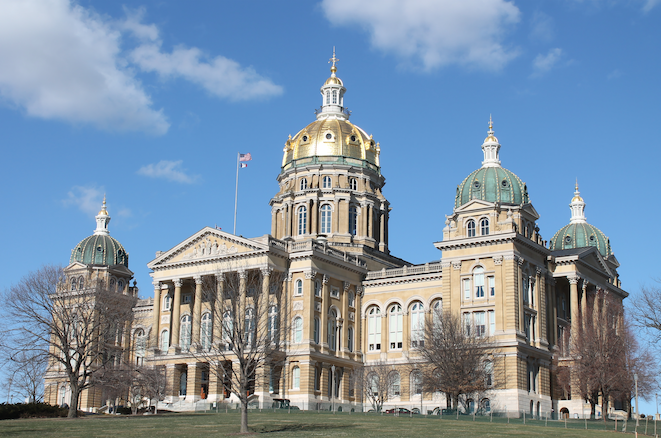
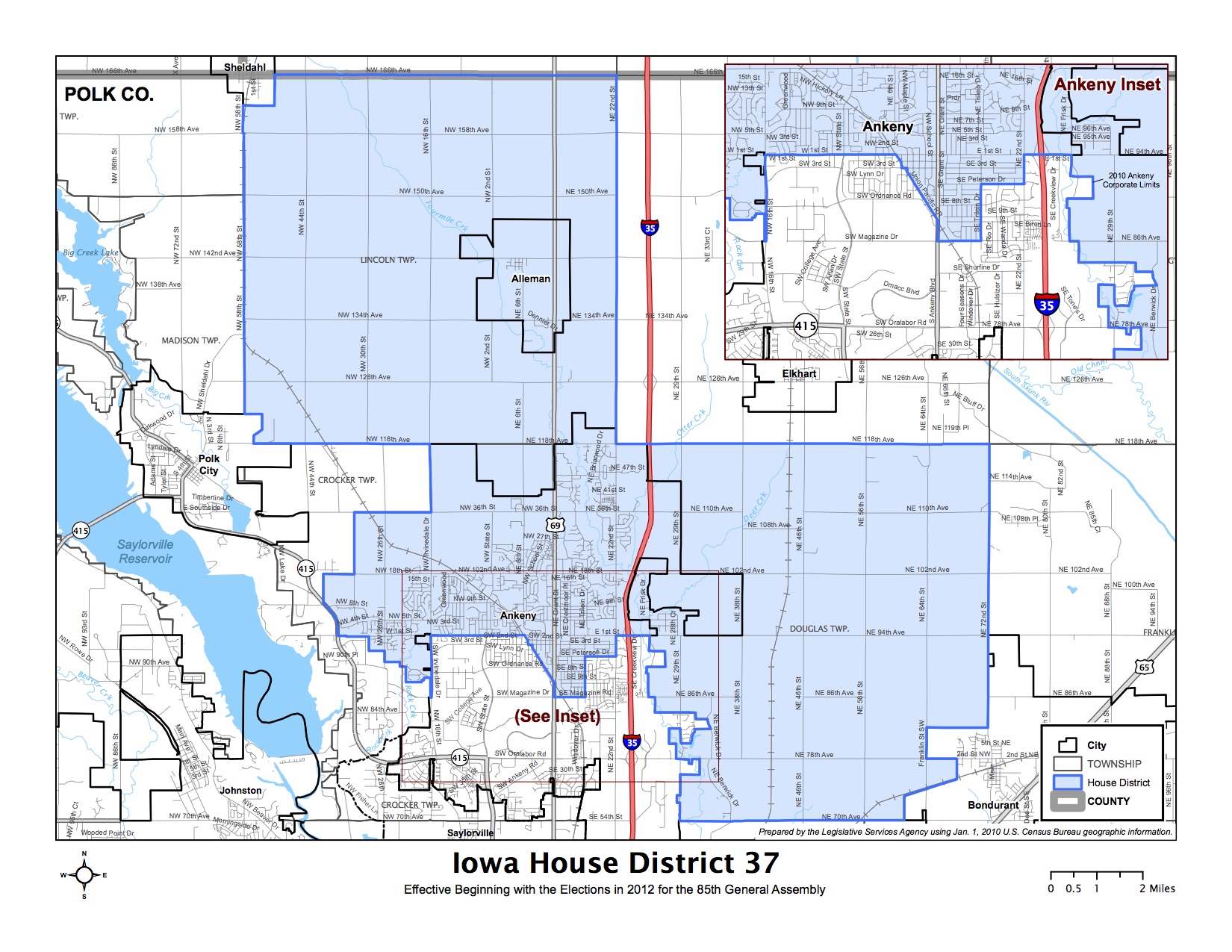
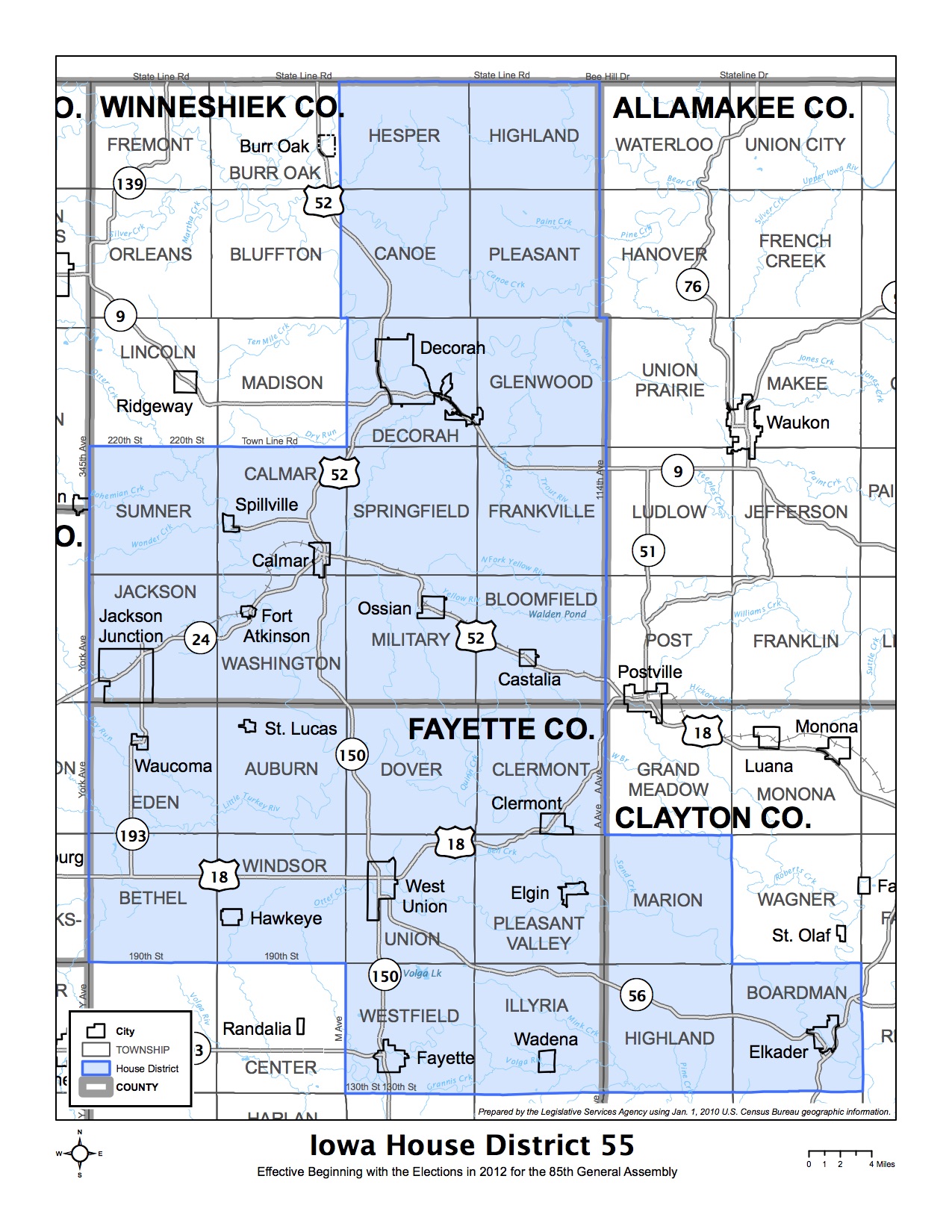
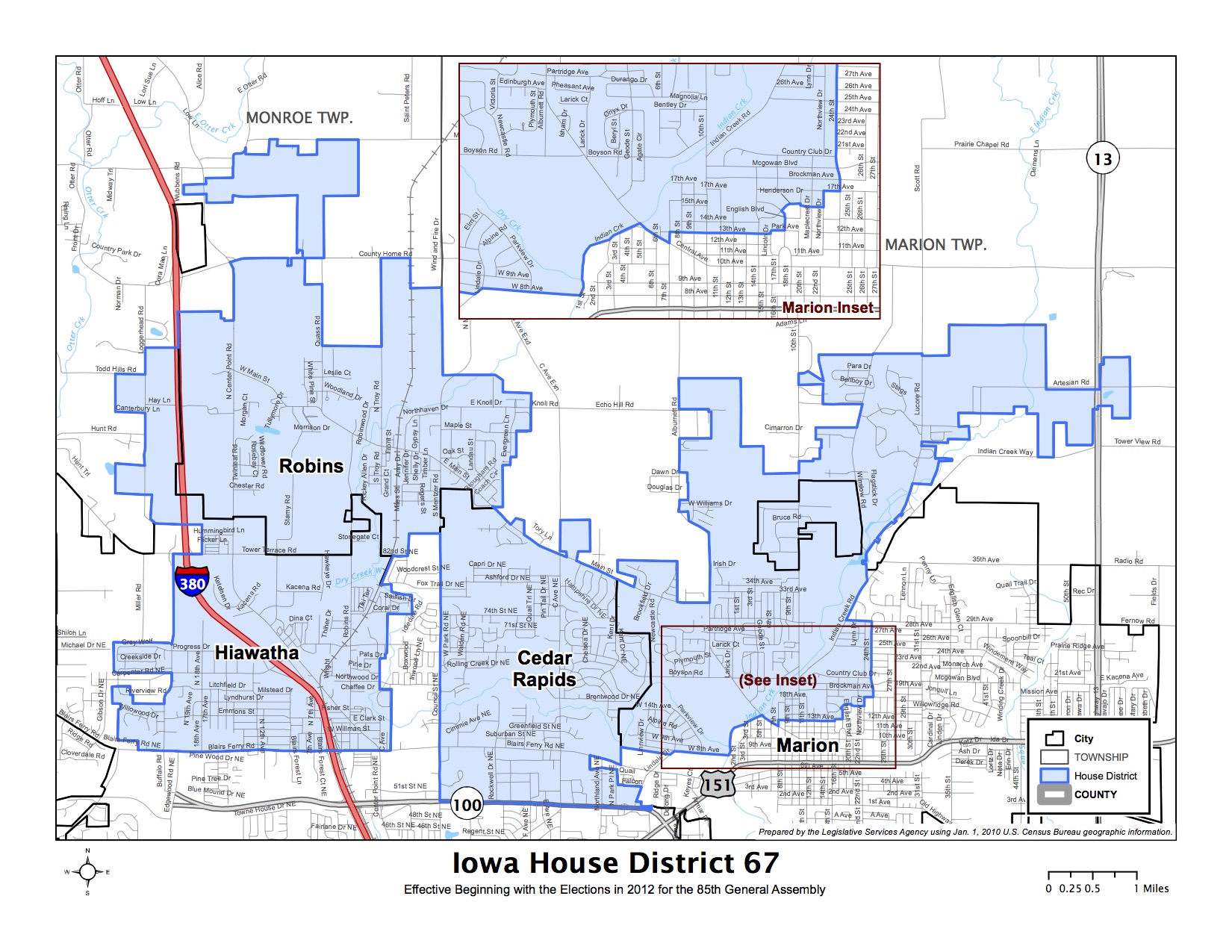
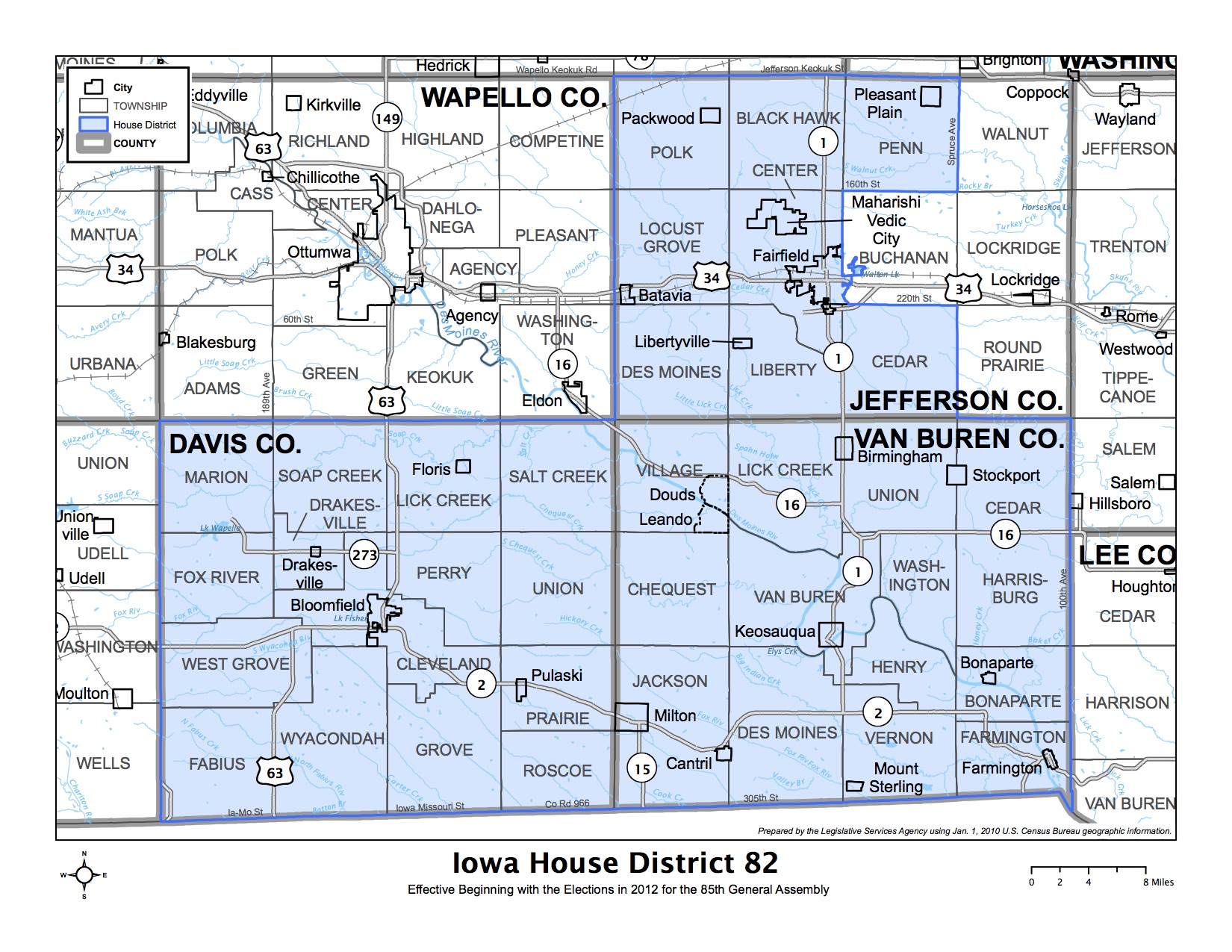
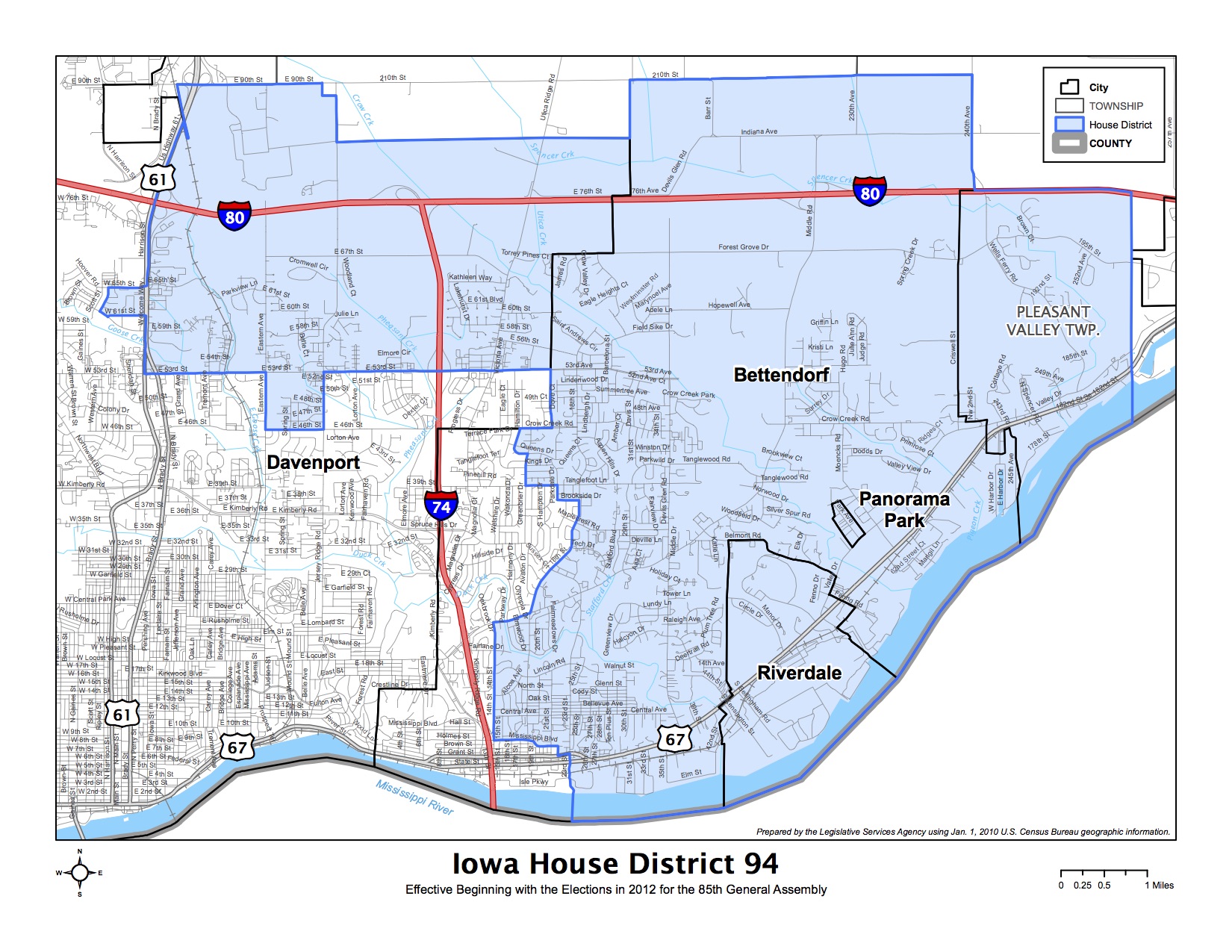
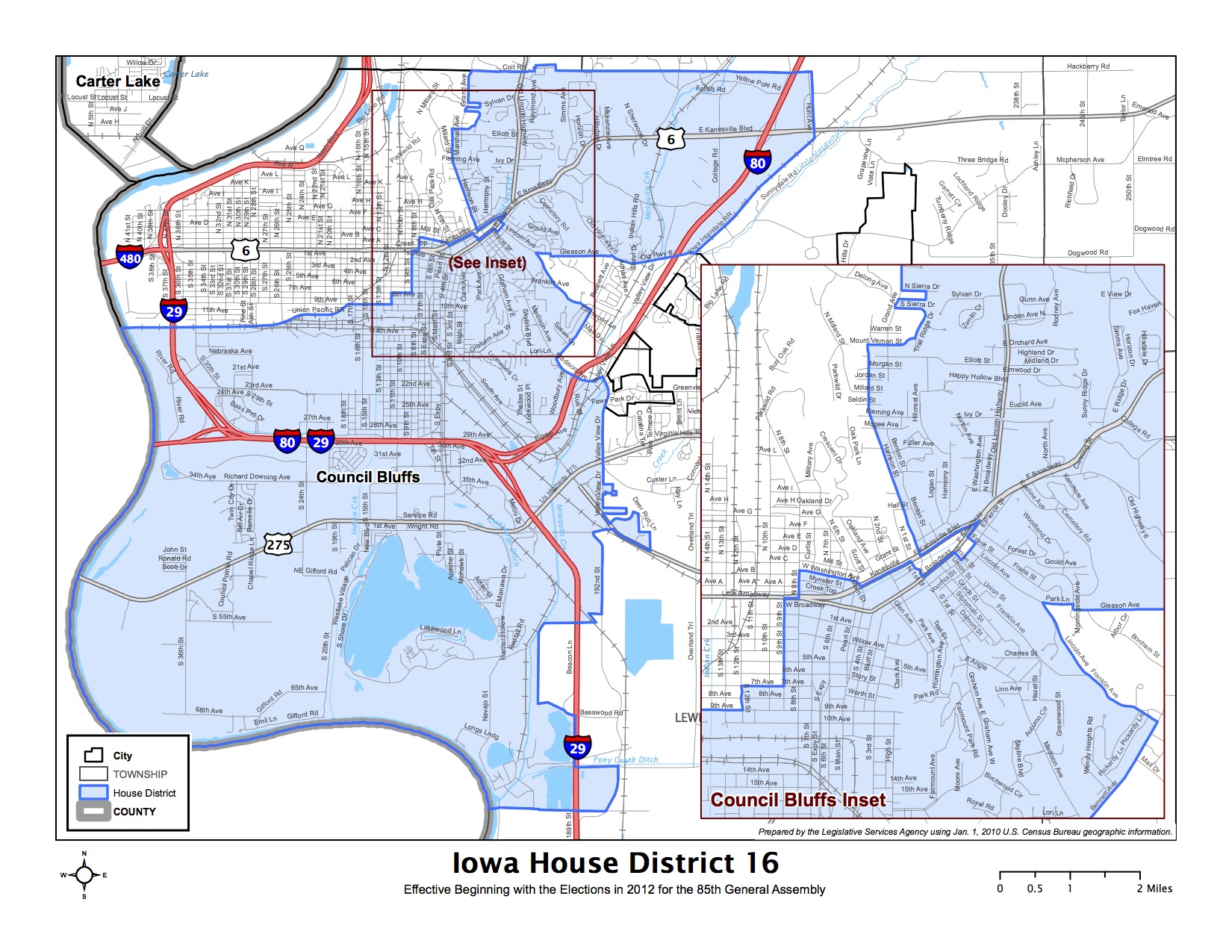
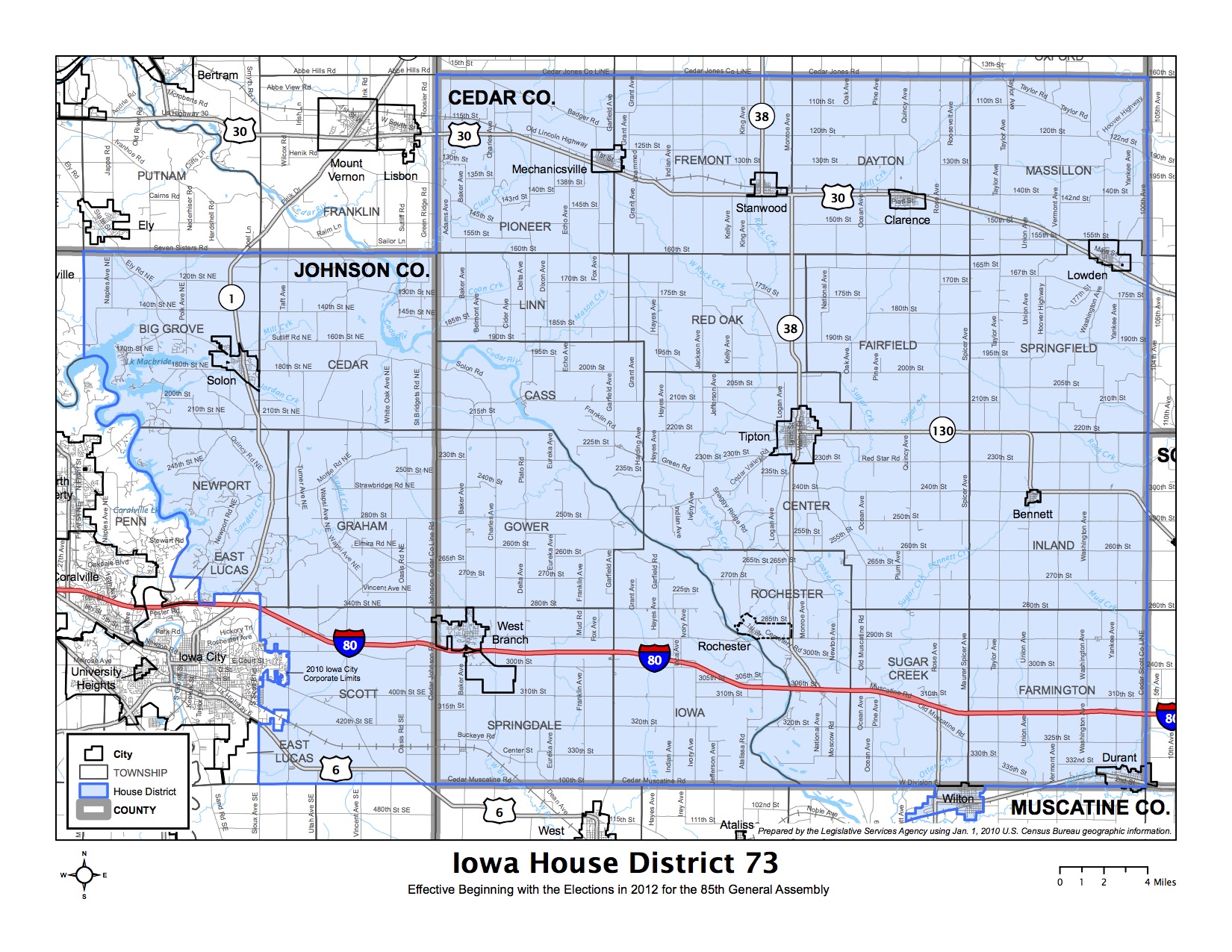
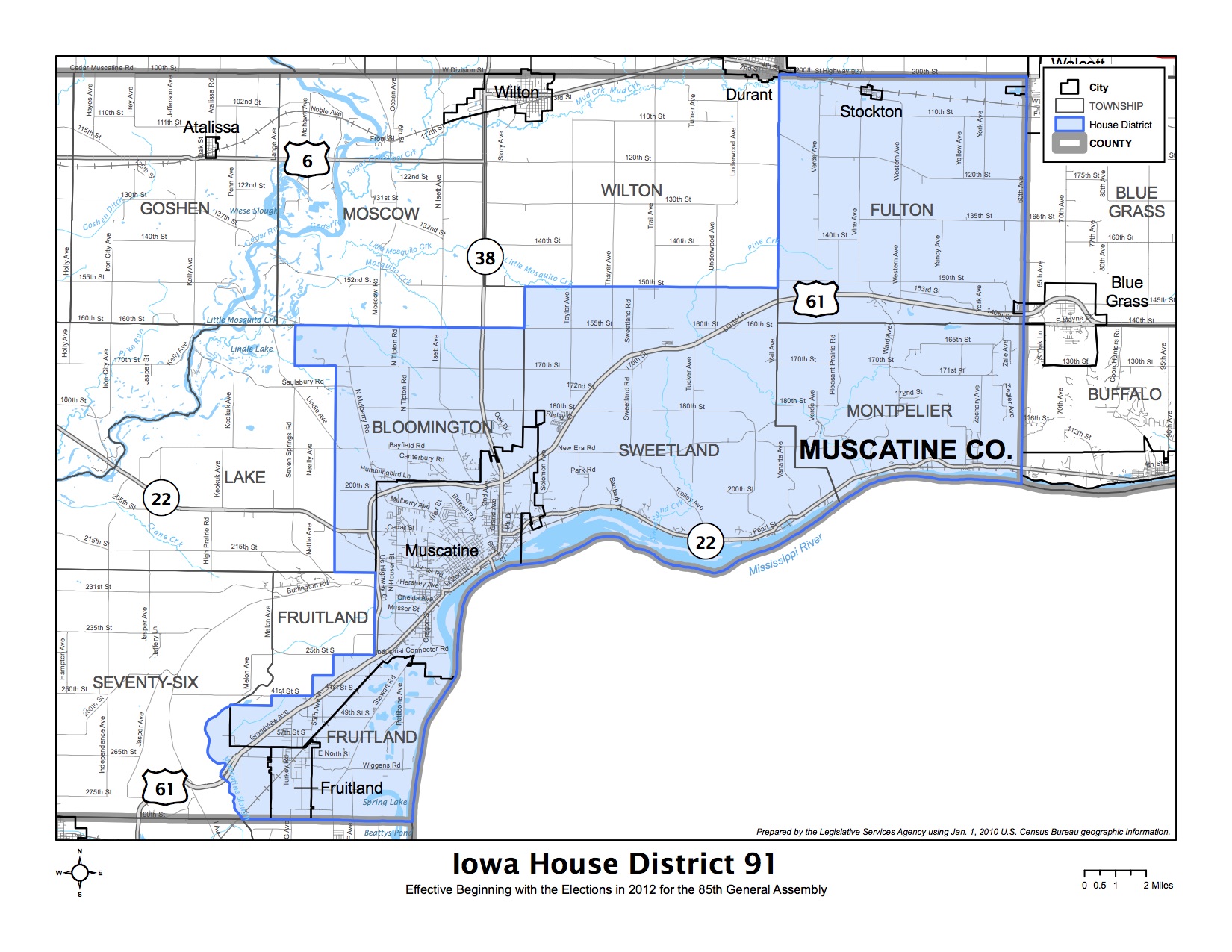
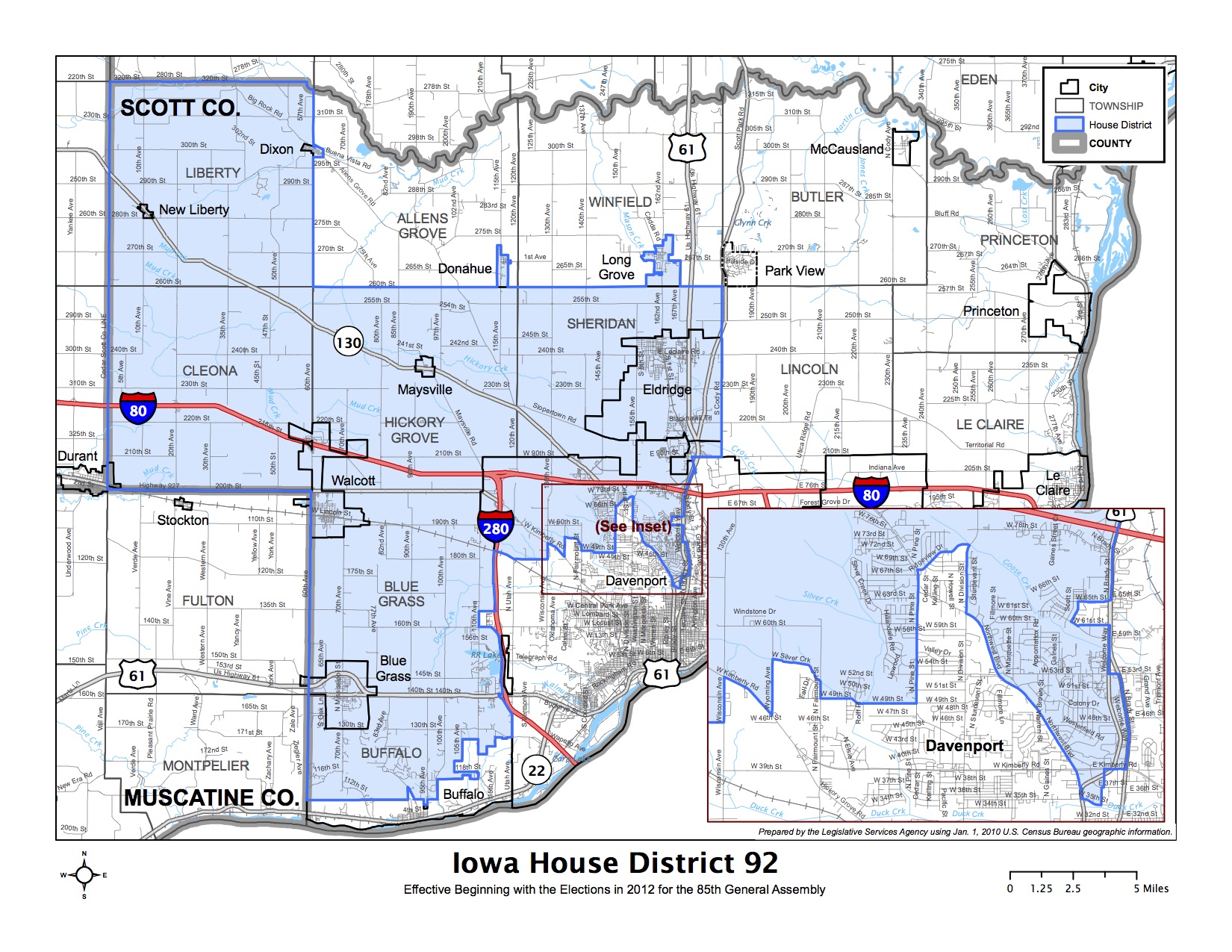
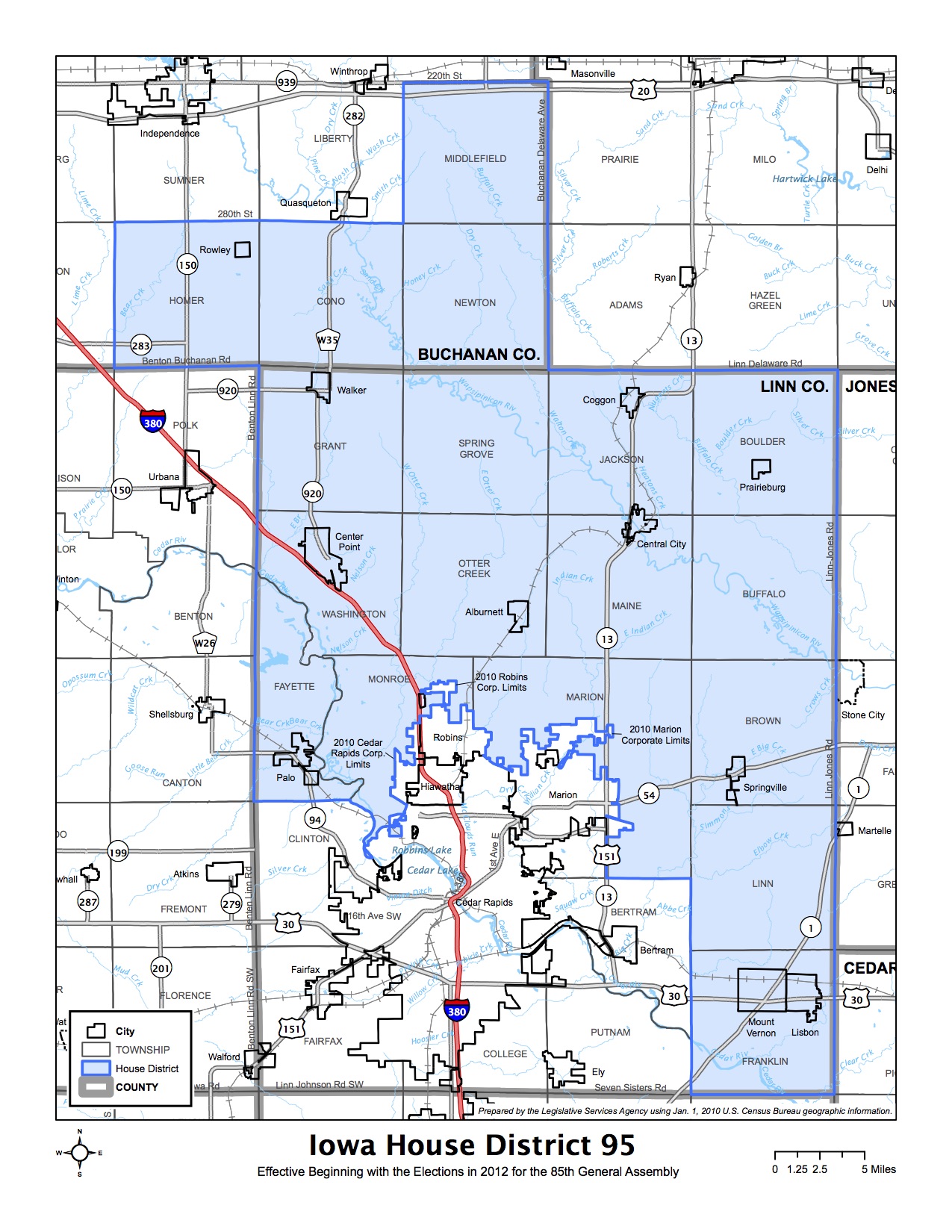
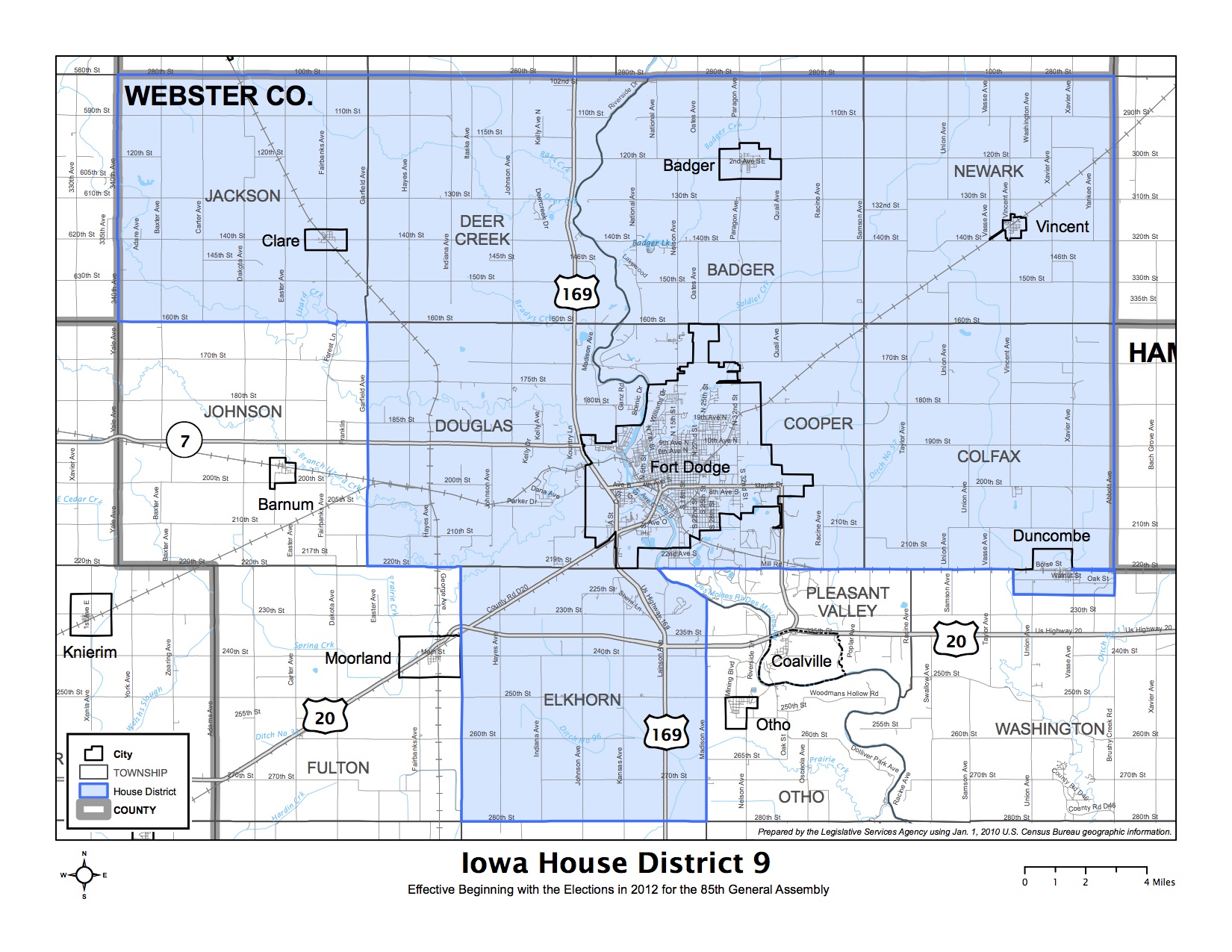



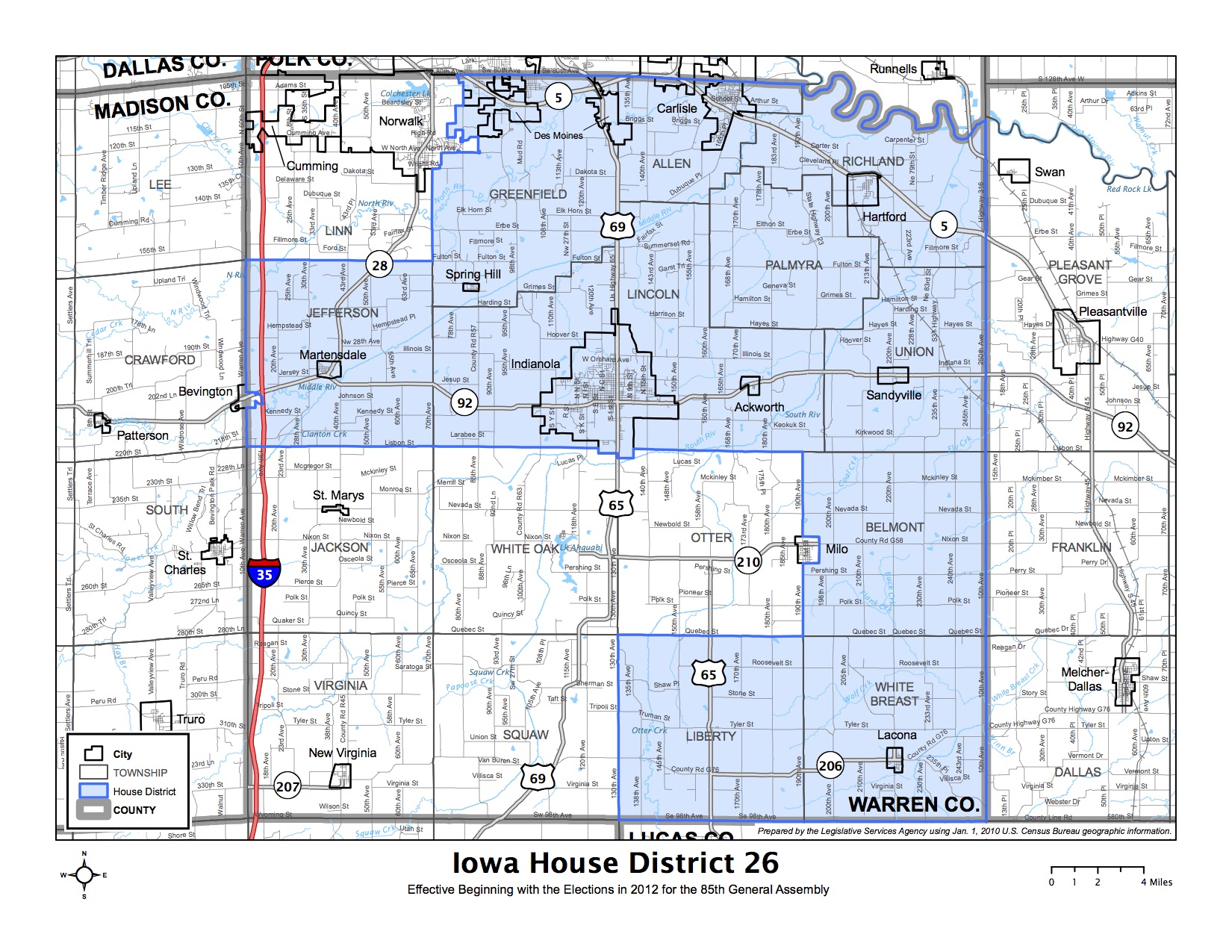
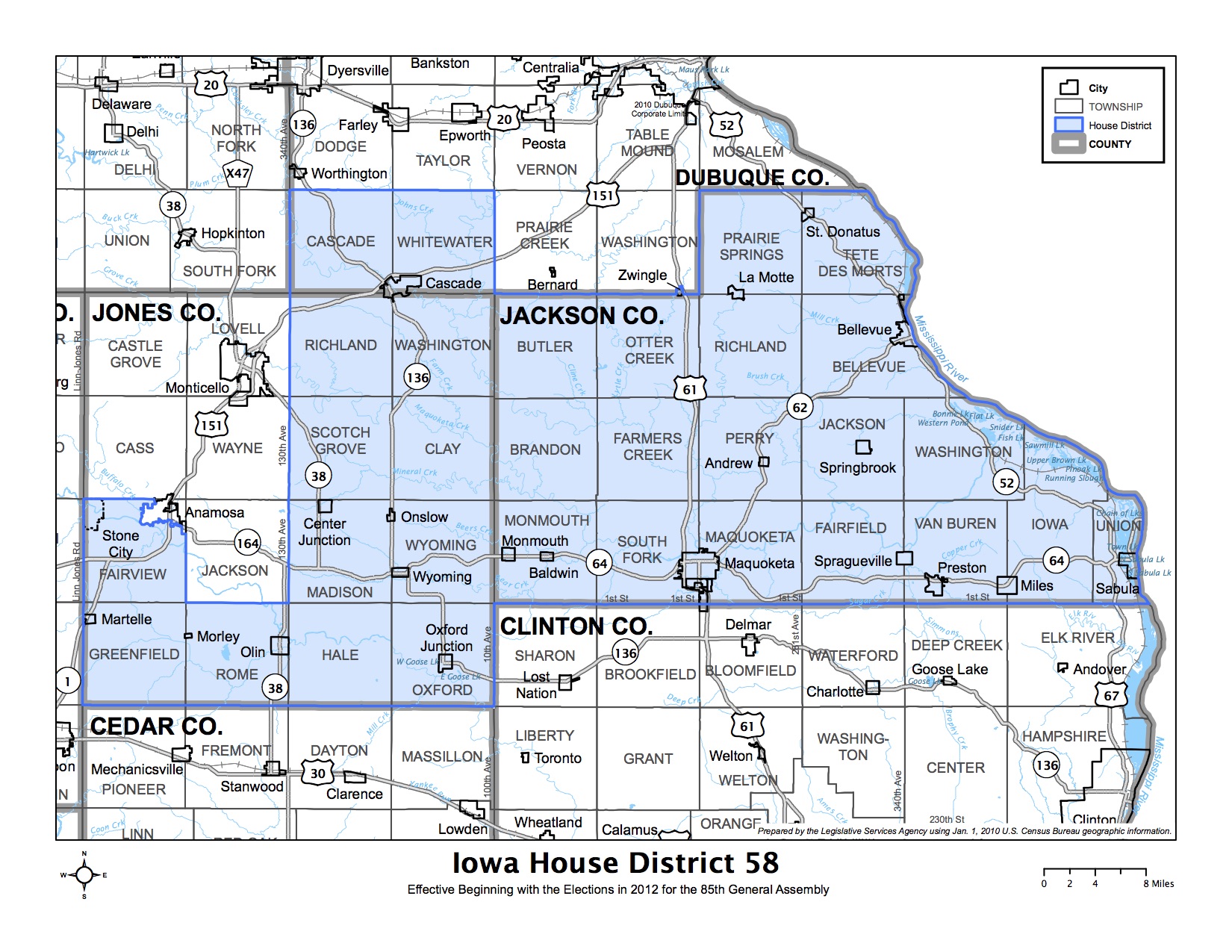
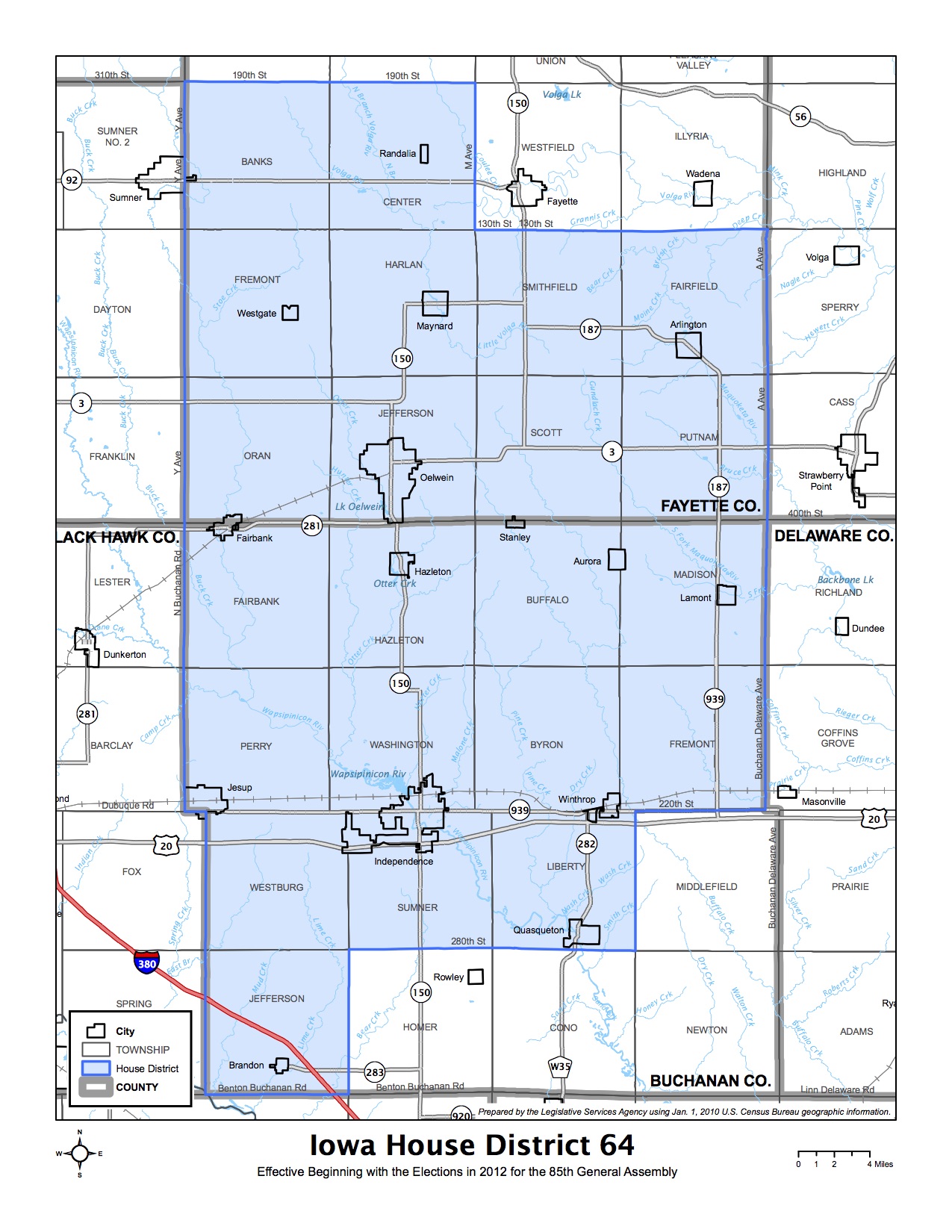


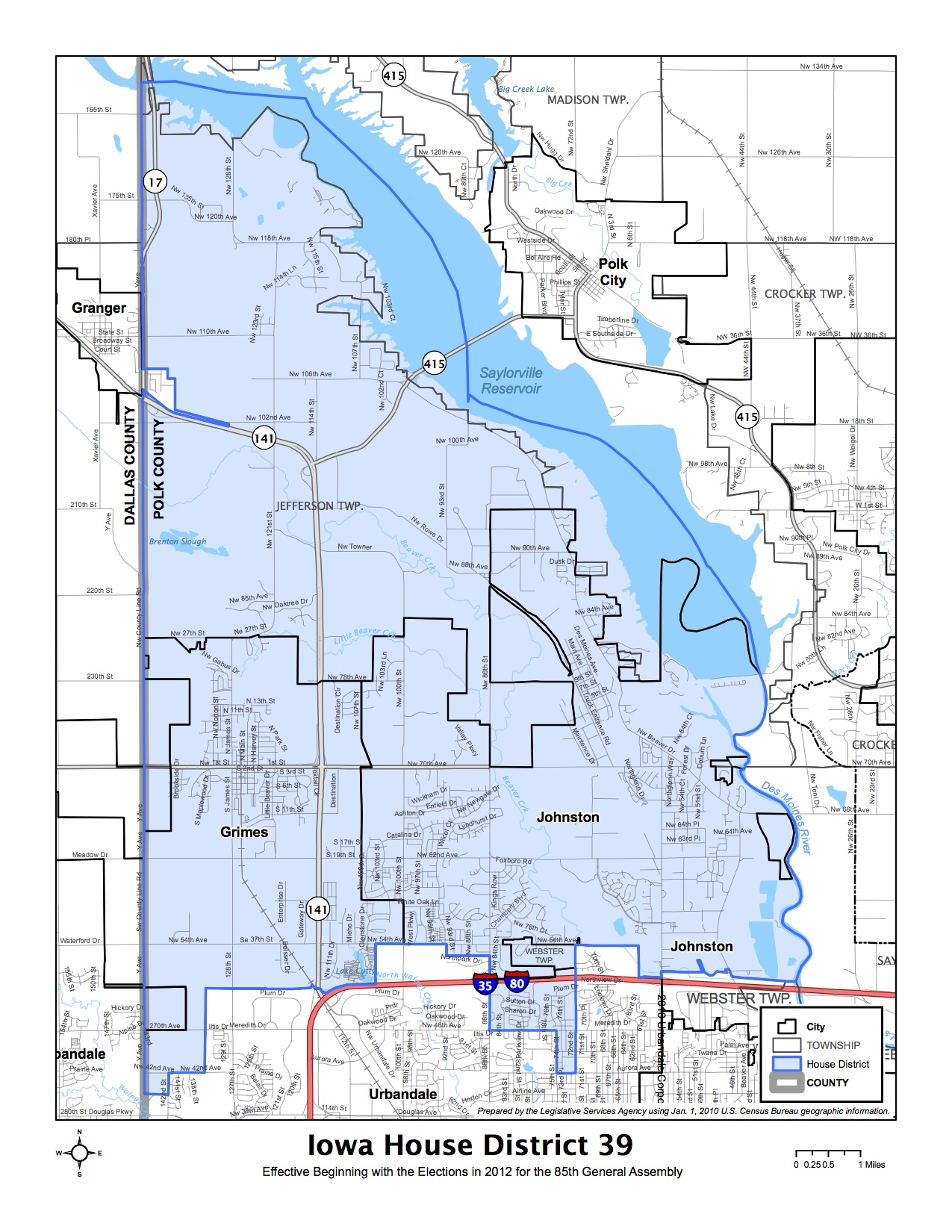
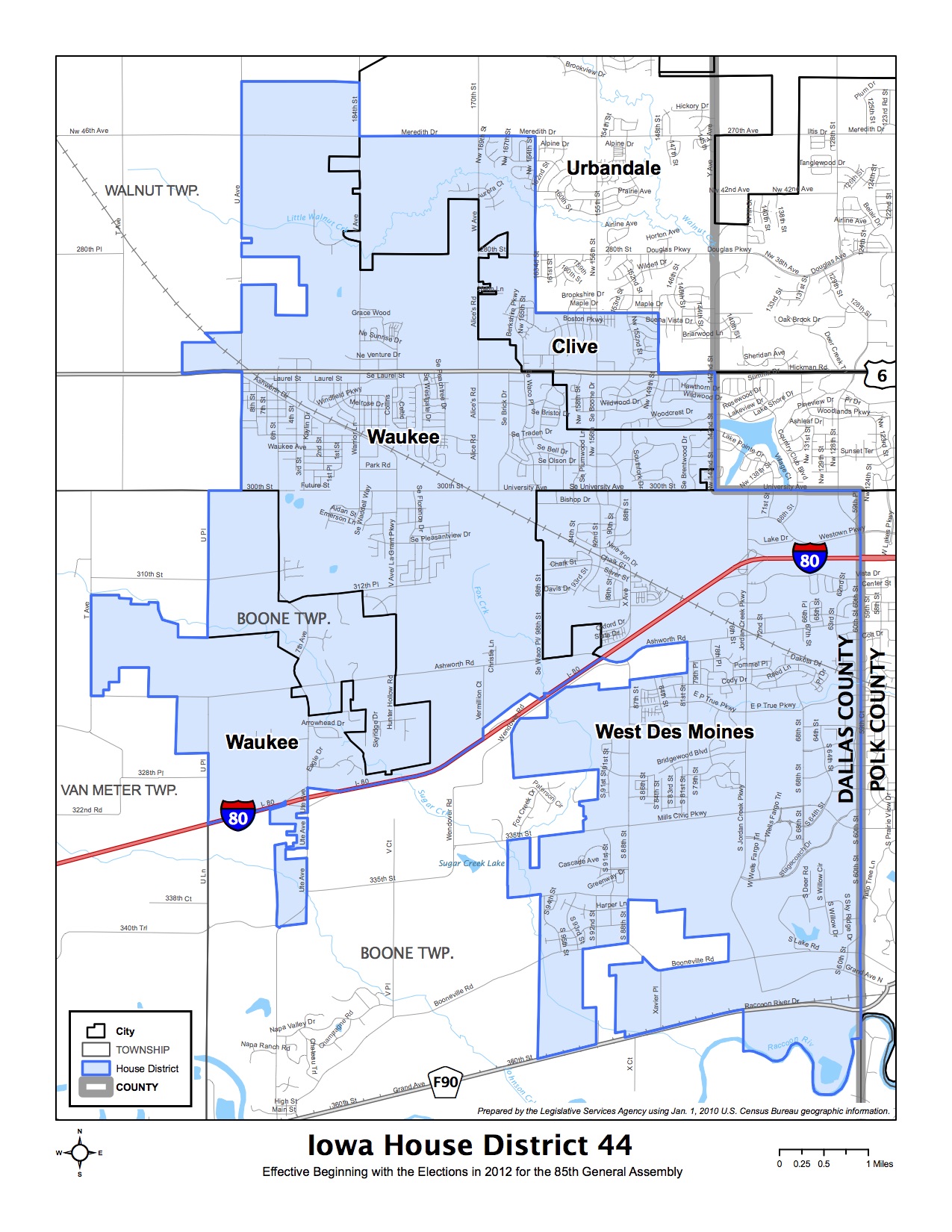

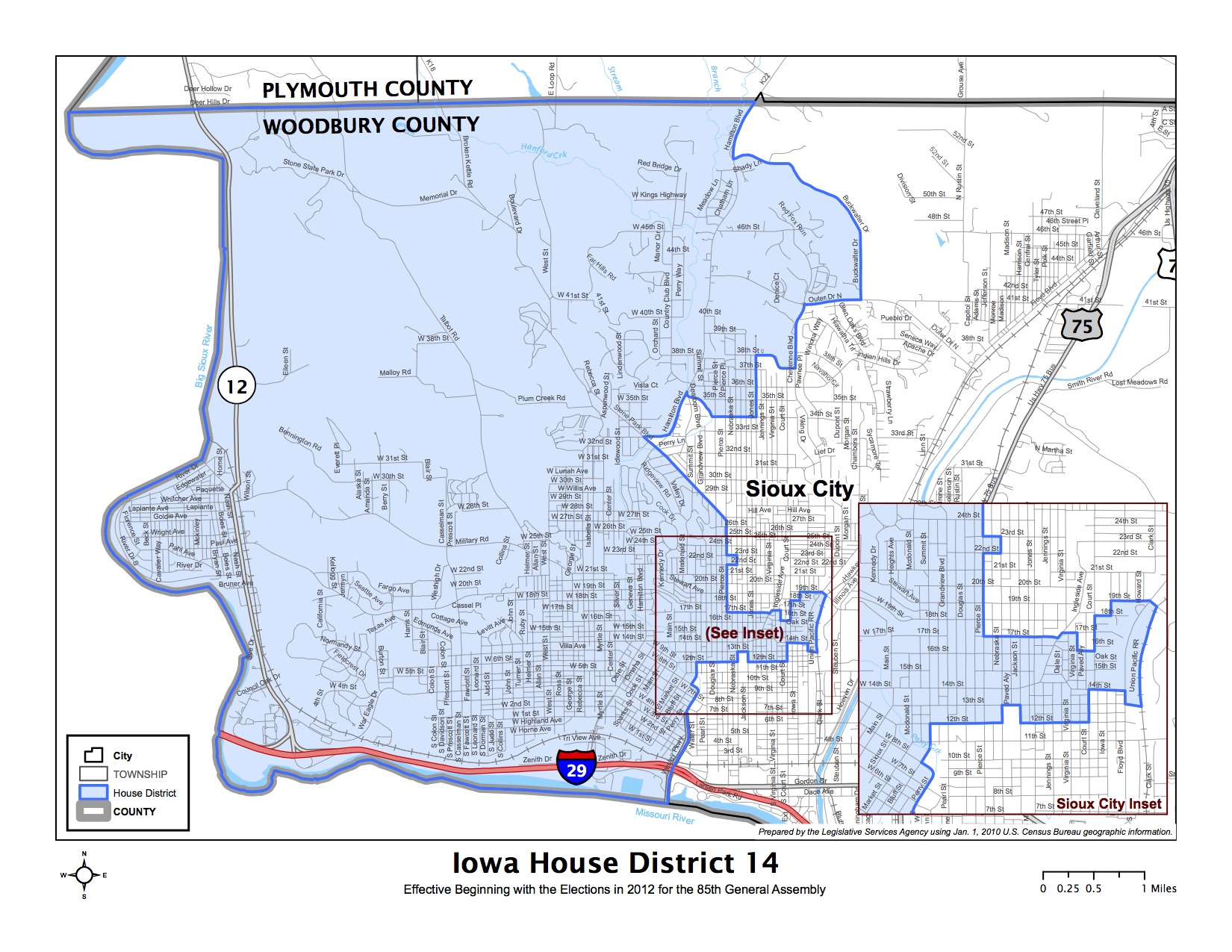
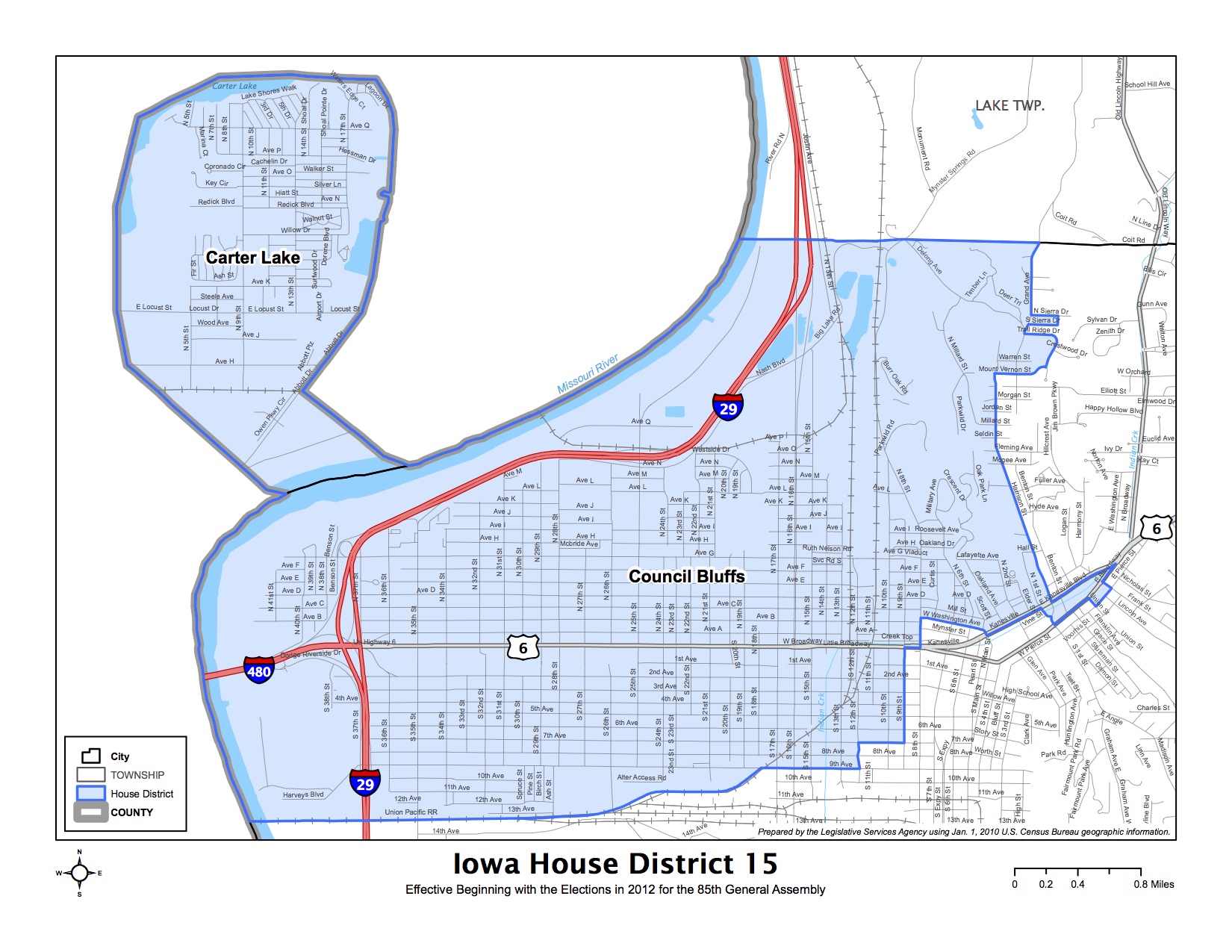
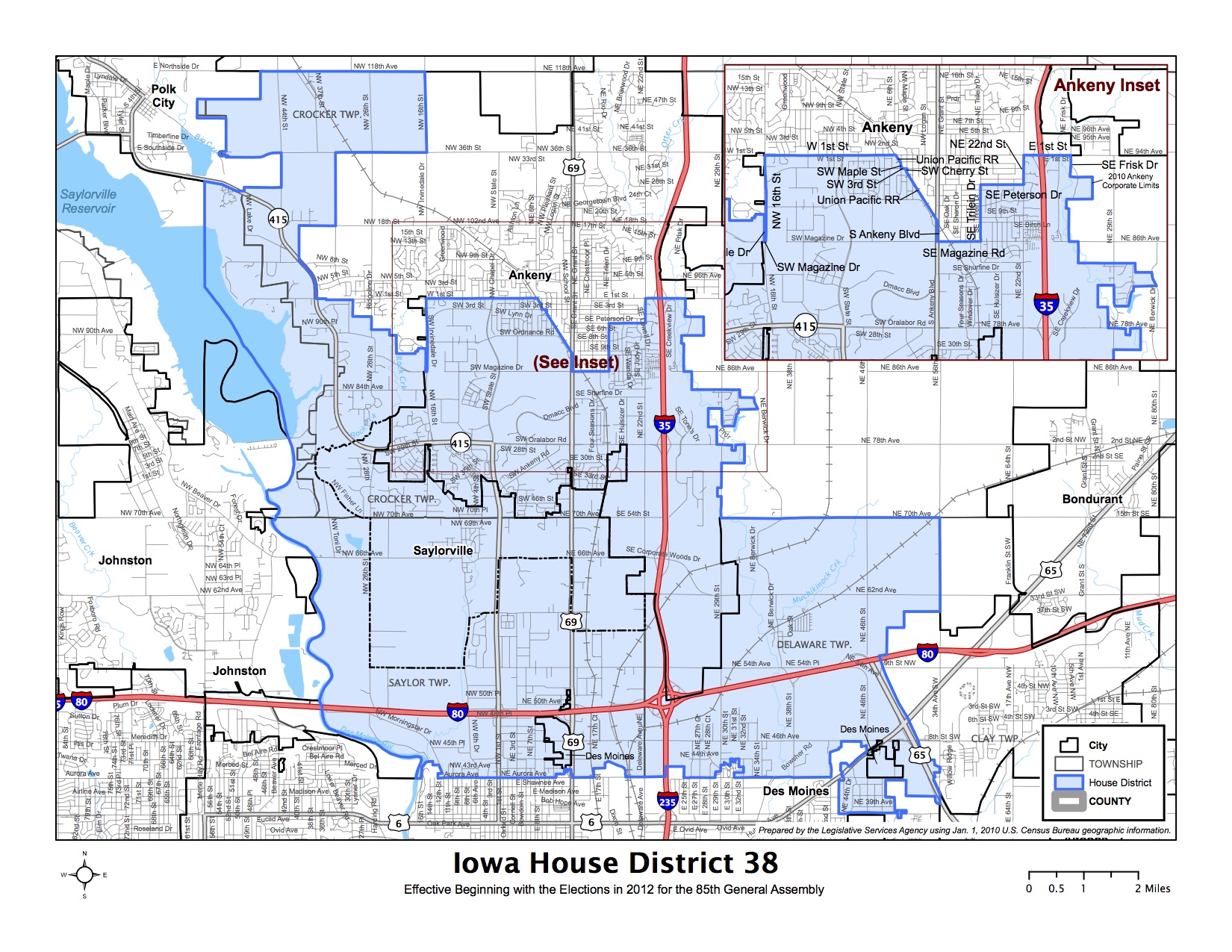
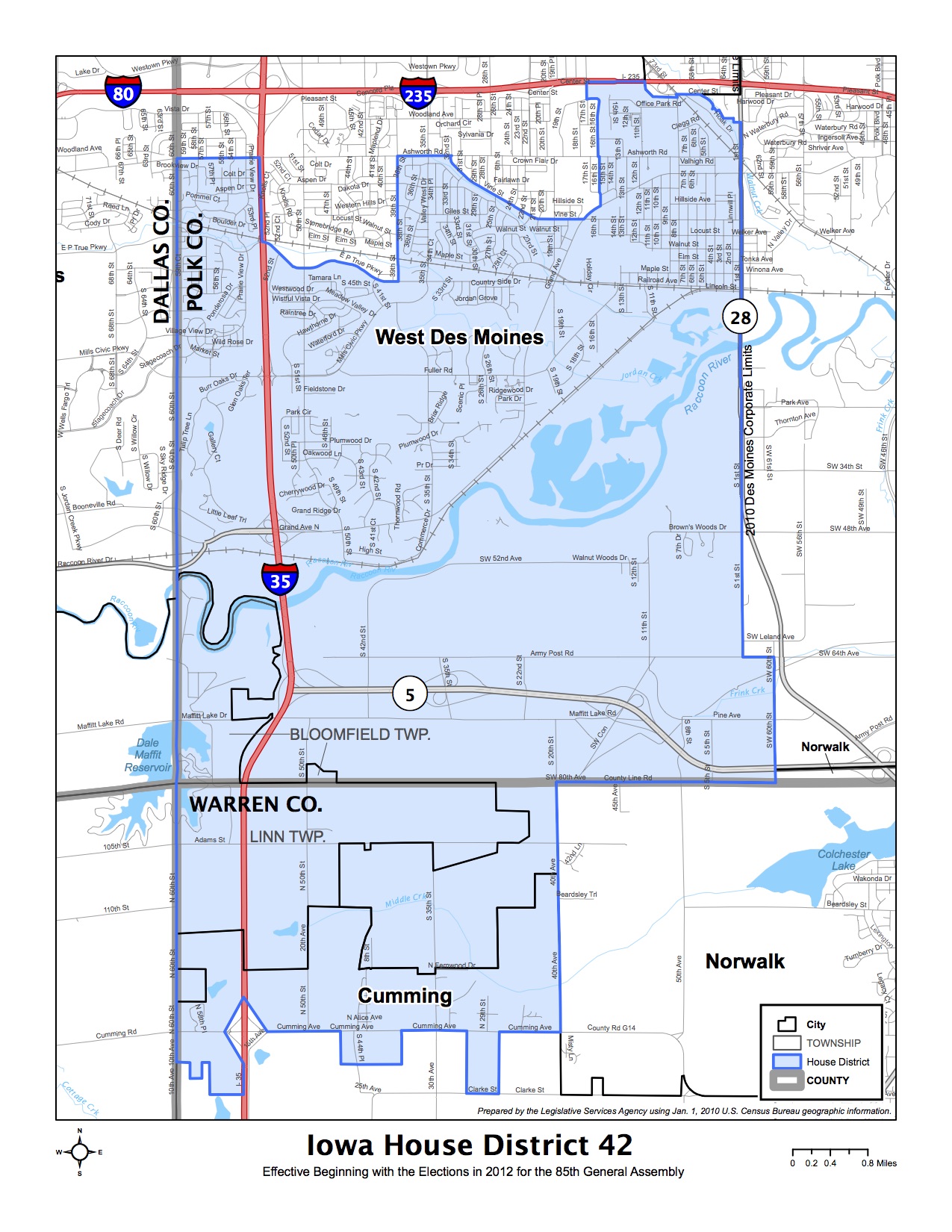
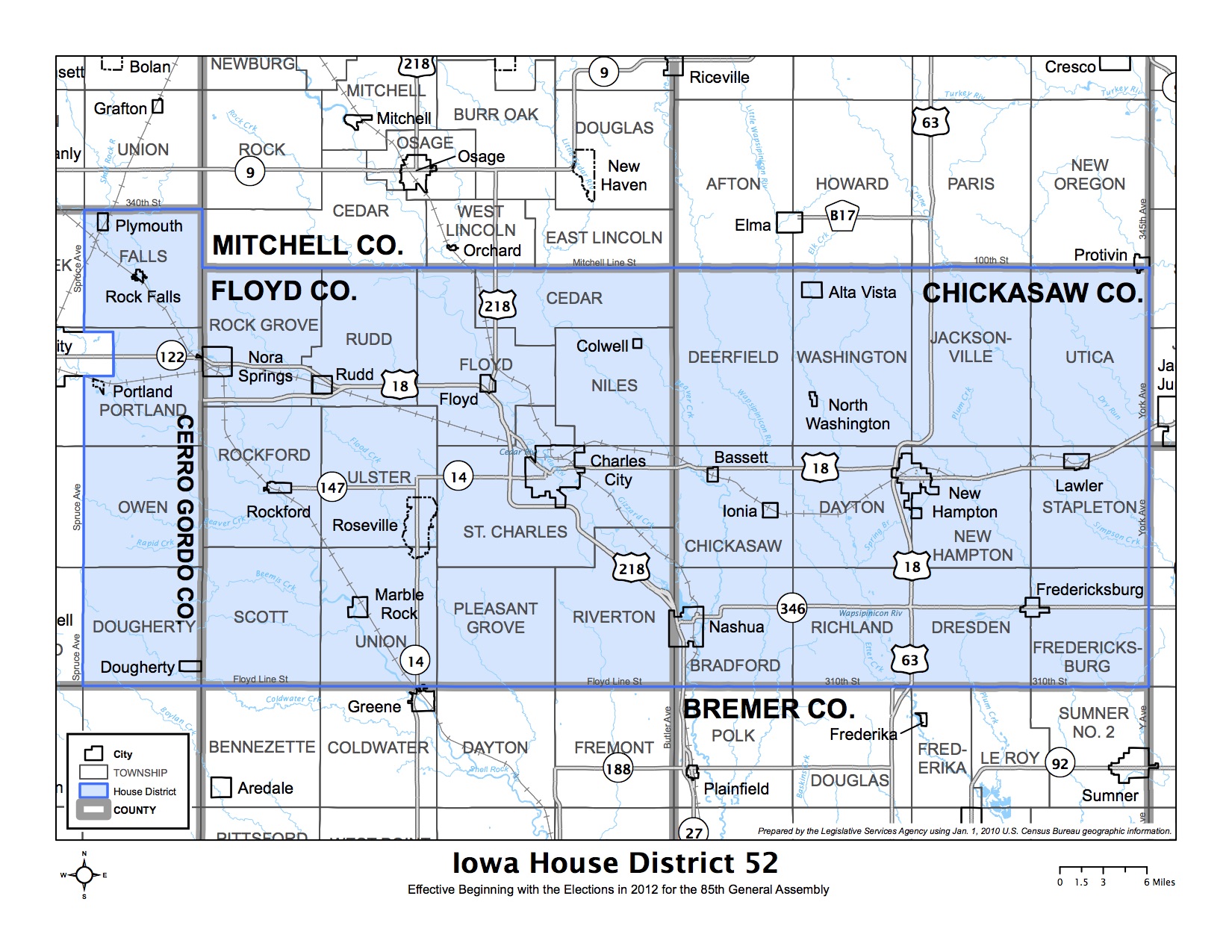
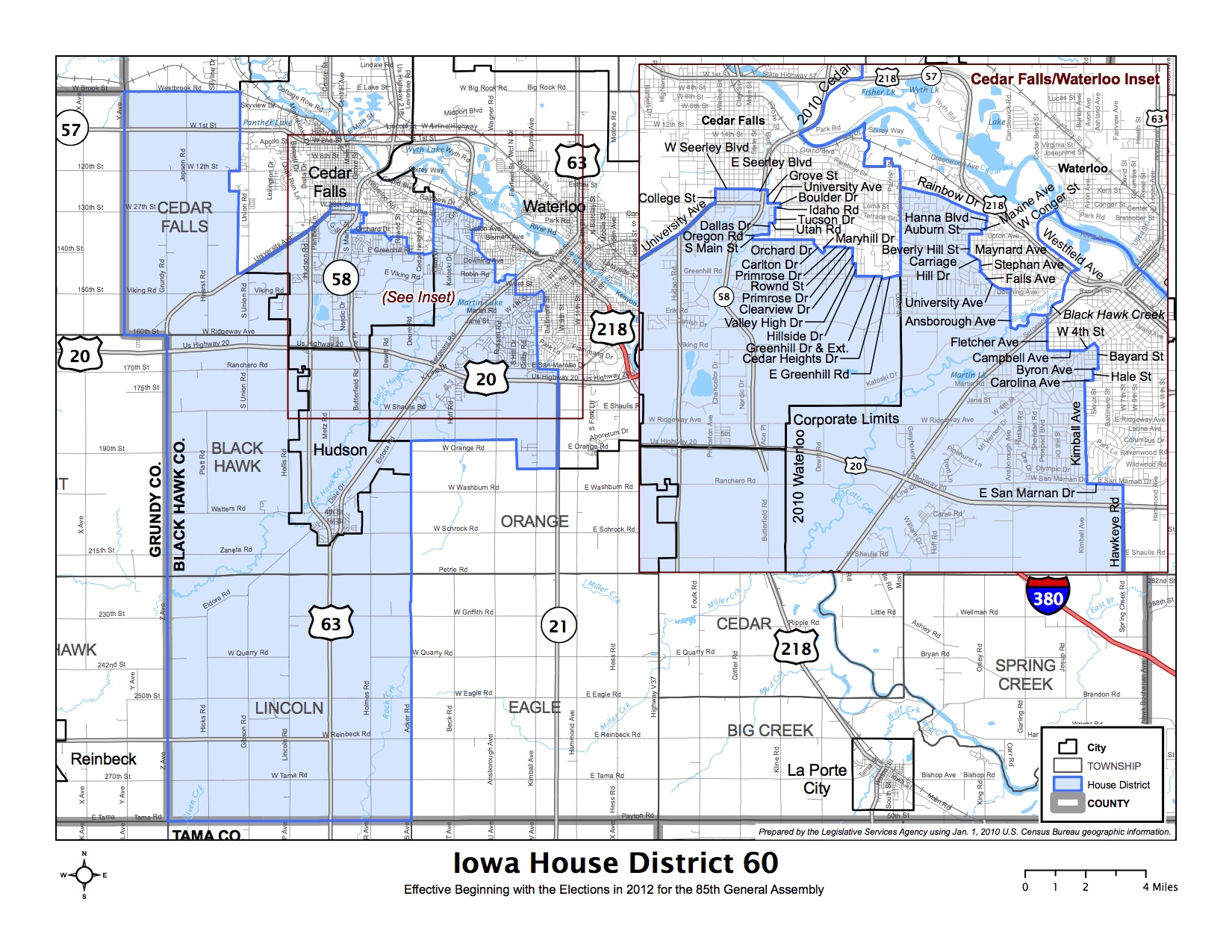
5 Comments
Likelihood of house flip
If I’m counting right, that’s one likely Democratic pick up and 5 toss up seats (4 Republican Held and 1 Dem). So flipping the house is dependant on winning 4/5 of those toss ups (or surprise pickups).
Interested to see your take on the Senate!
tylerhiggs Tue 6 Oct 5:38 PM
I don't assume
that each party will win all the seats I see leaning that way now. In a wave election scenario, Republicans would lose some of the seats I have labeled lean R. Some of the Iowa House Democrats who lost in 2010 were not in the top-targeted races.
Laura Belin Tue 6 Oct 11:50 PM
Lost Part of the state
It’s hard to believe, a generation ago, We had Senator Kibbie, Marcie Frevert, Deloris Mertz, and others in NW Iowa that didn’t live in Sioux City. Some day, those areas will get real representation again.
boji Tue 6 Oct 10:51 PM
it's sobering
to think that Republicans hold the Fort Dodge Iowa House seat and have a realistic chance to win in Ottumwa of all places. Wapello County used to be absolutely bedrock for Democrats.
Laura Belin Tue 6 Oct 11:51 PM
This column is a real service
It’s great to have all this information! For anyone who wants to launch a few more dollars in the right directions, it helps to have the big picture.
PrairieFan Thu 8 Oct 5:23 PM